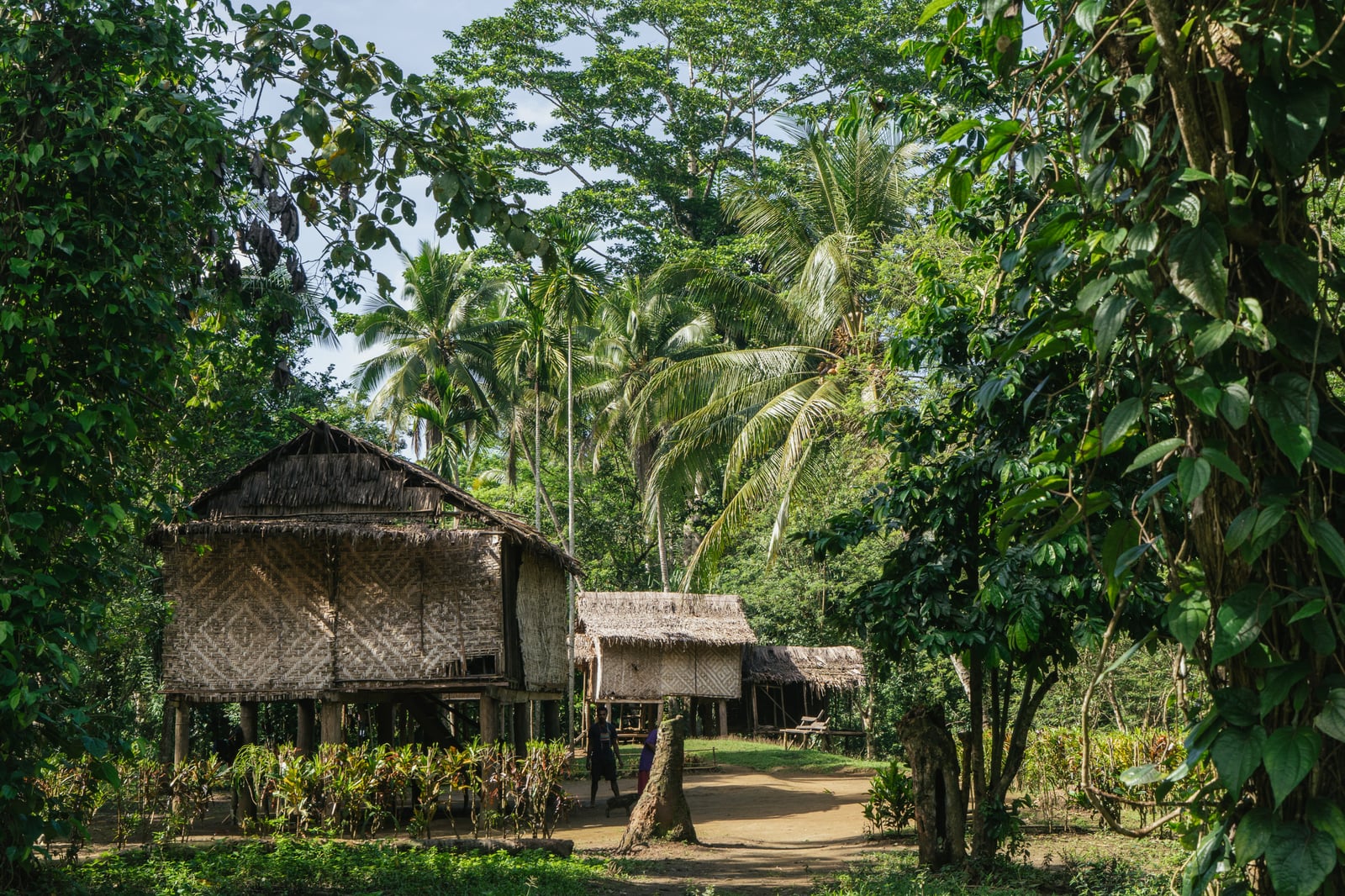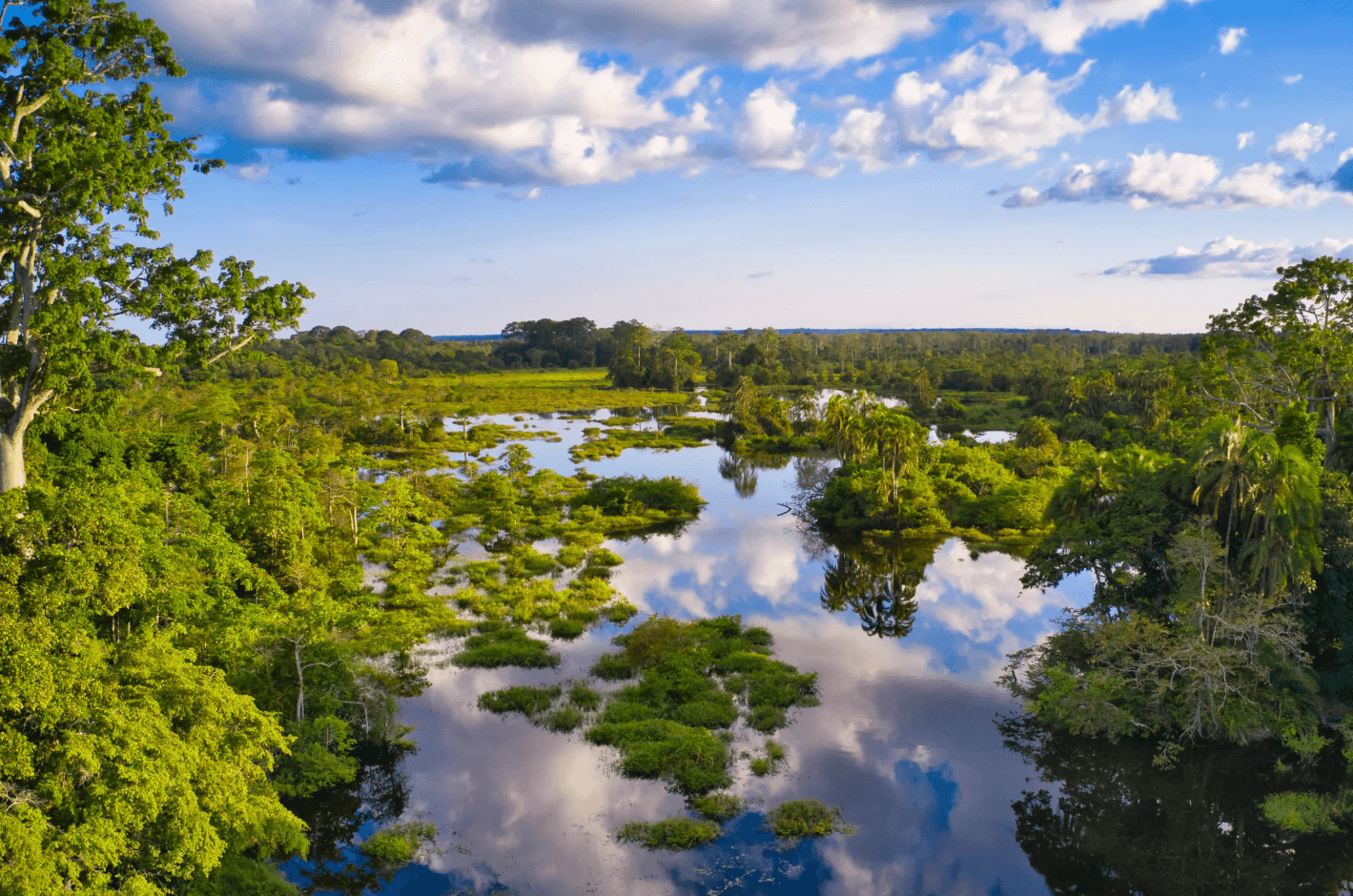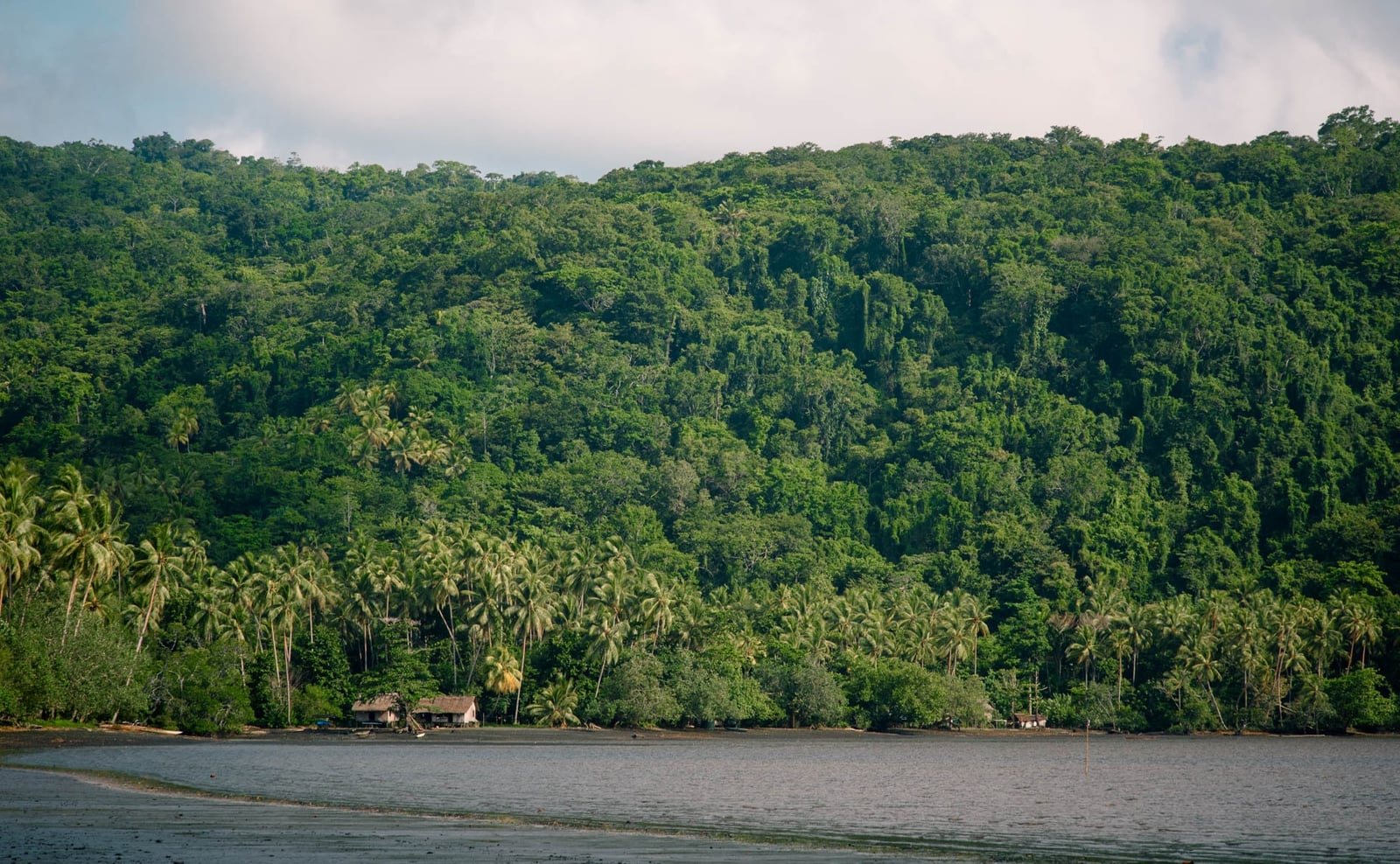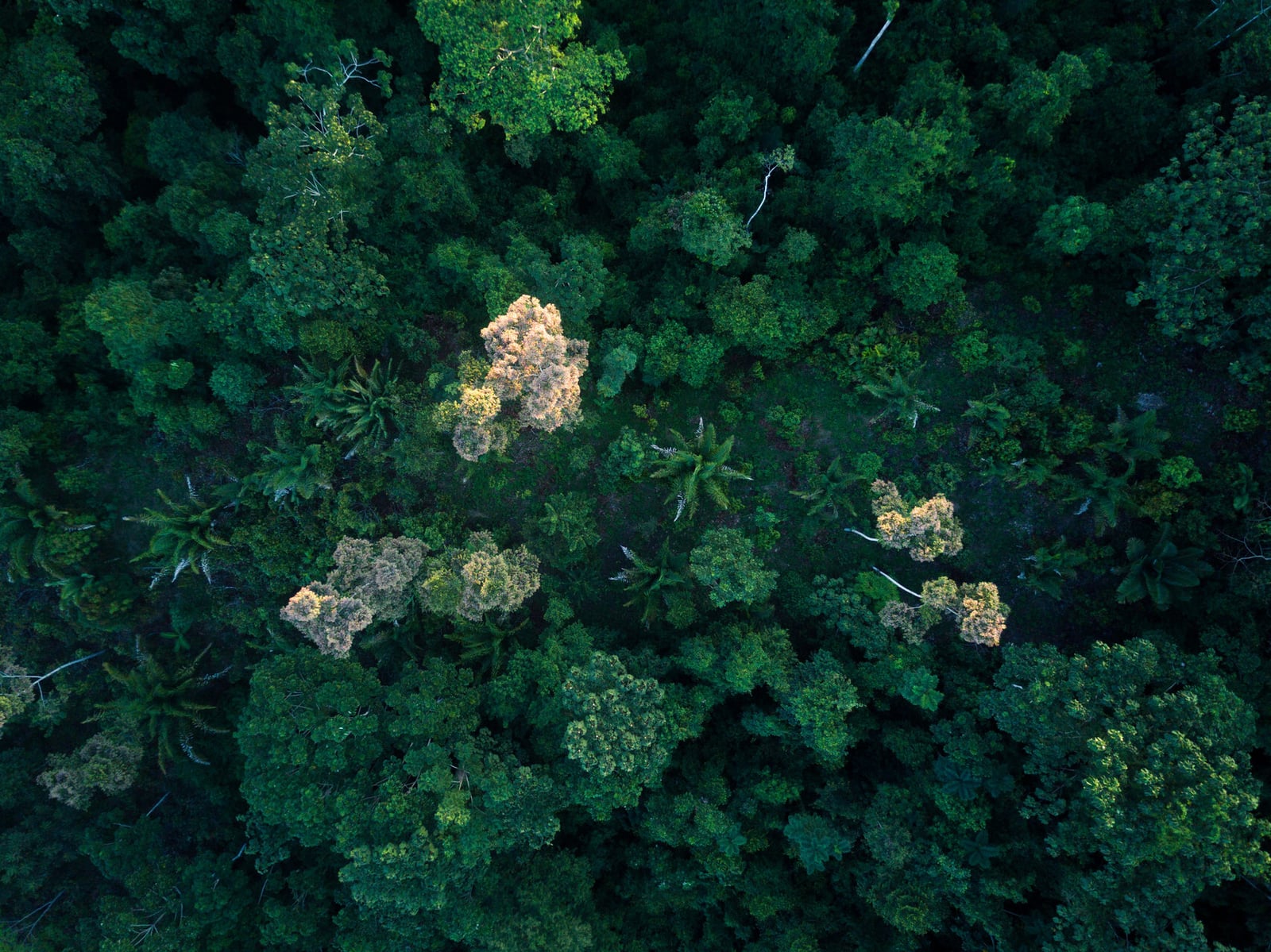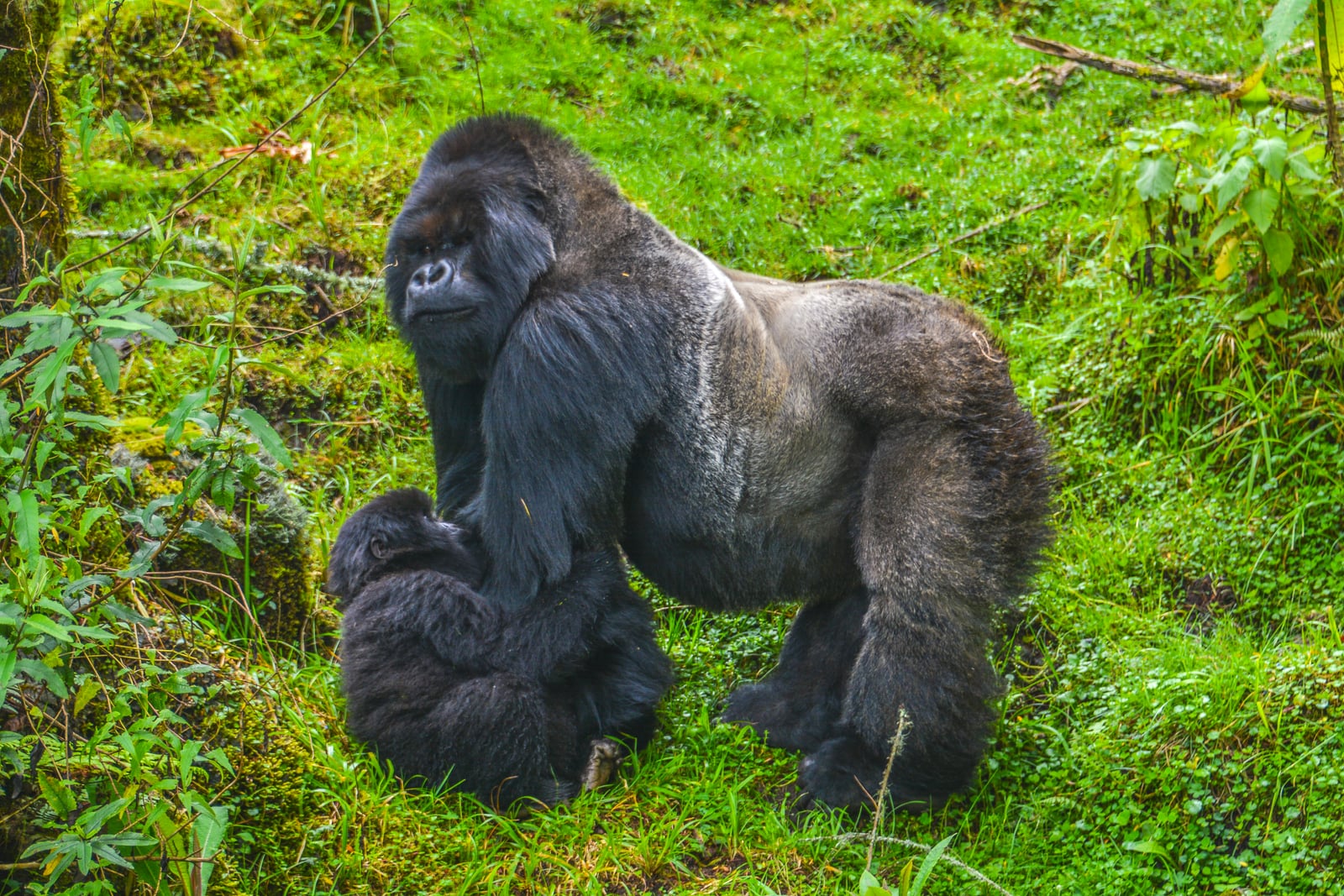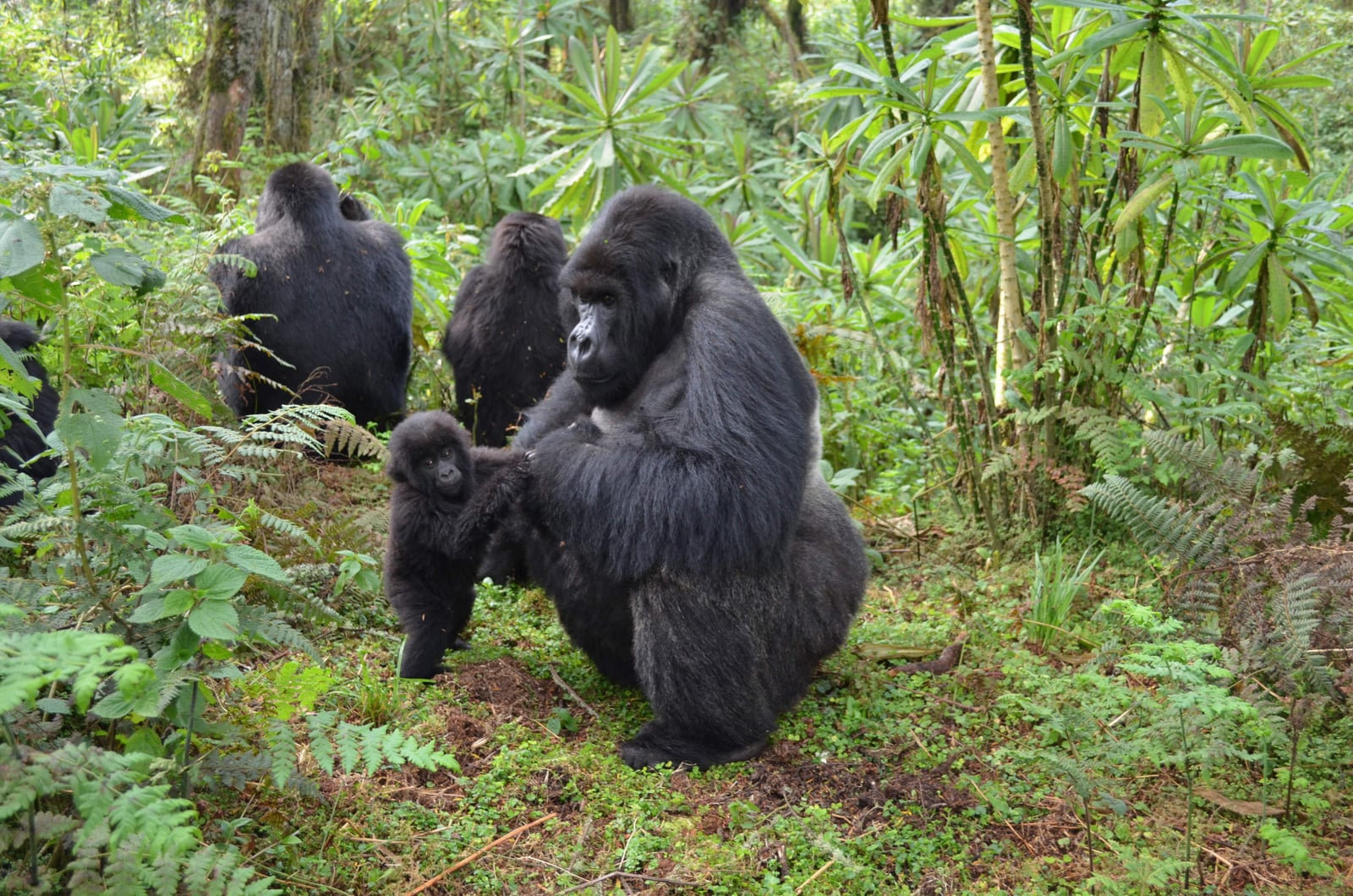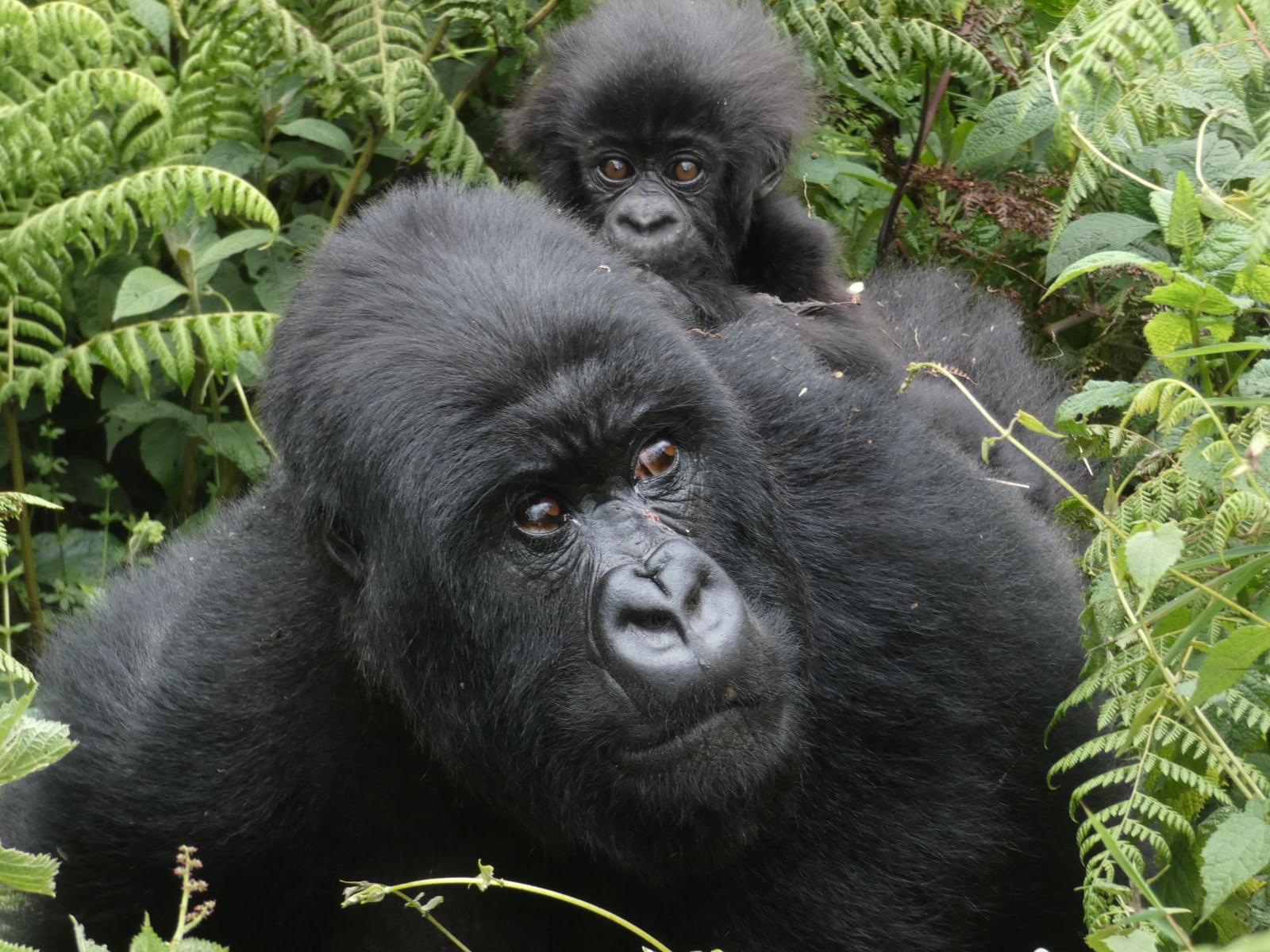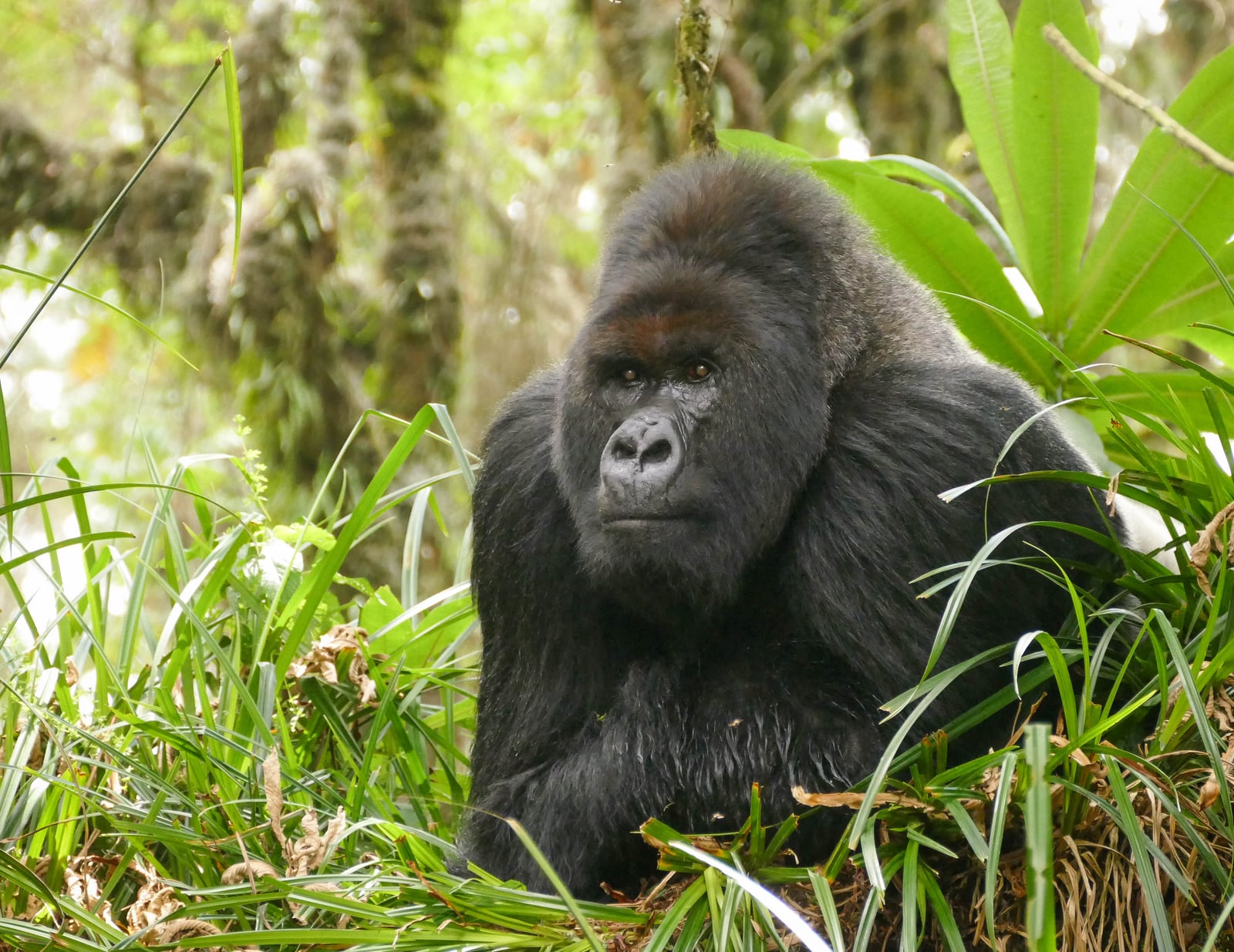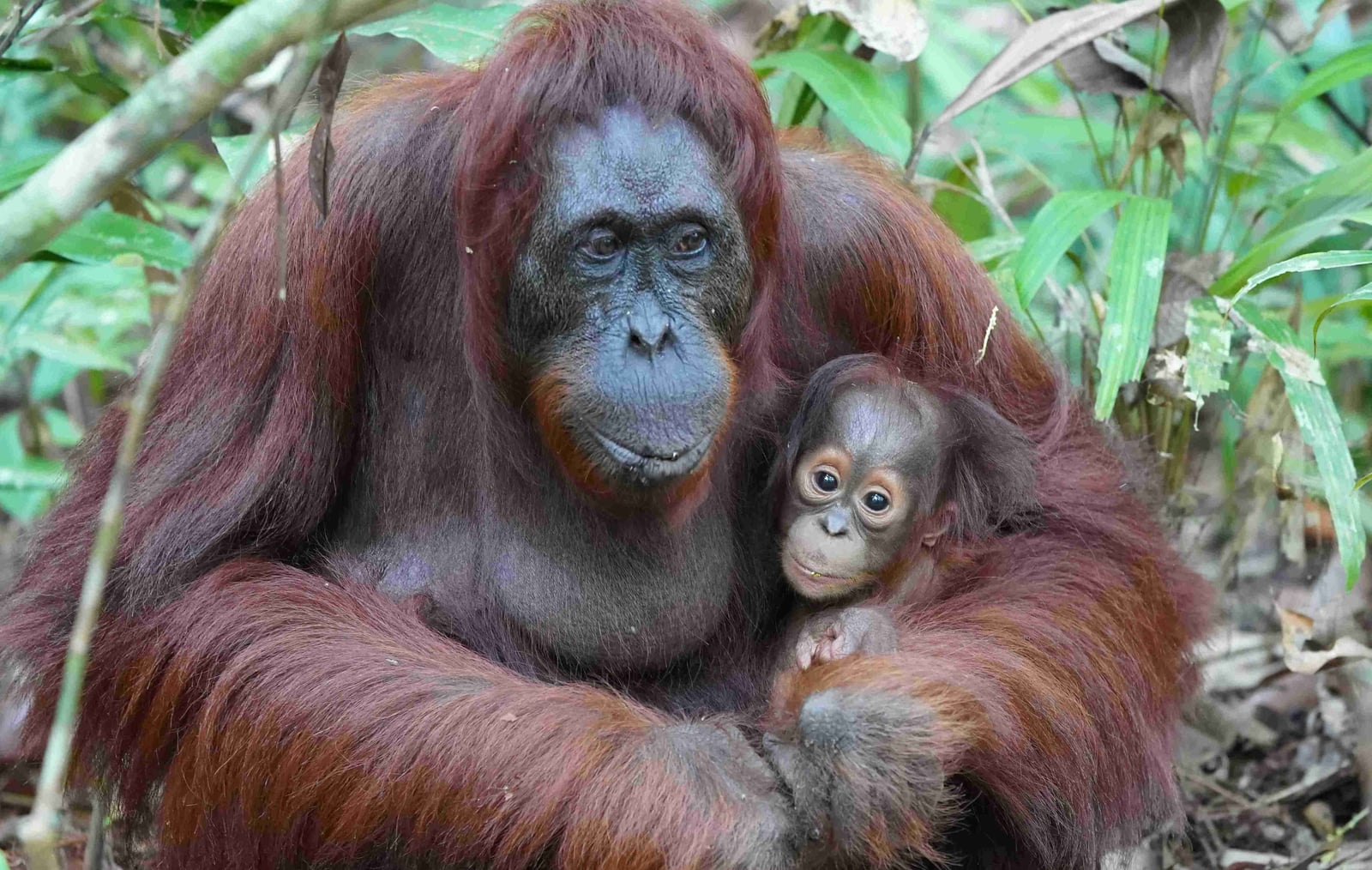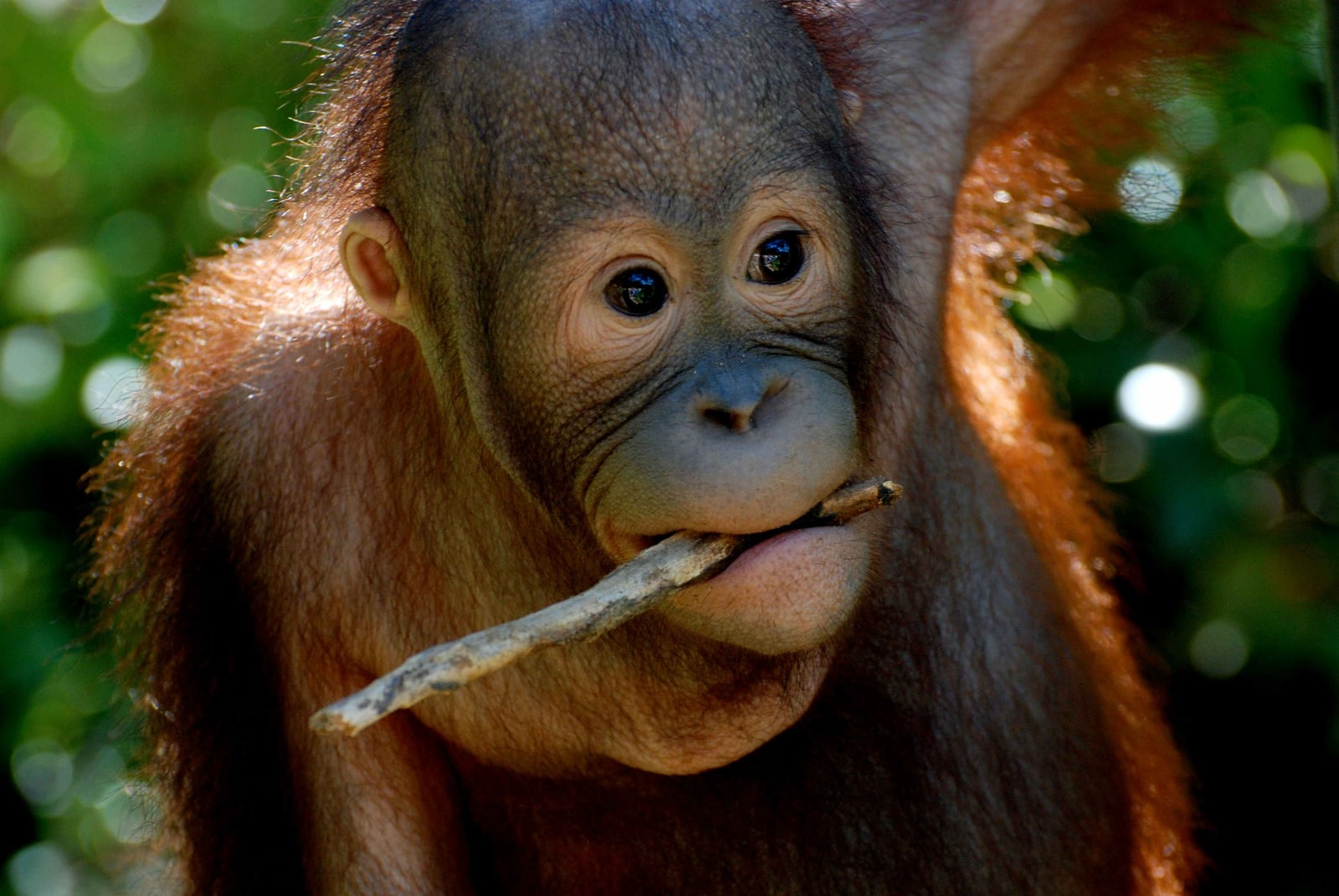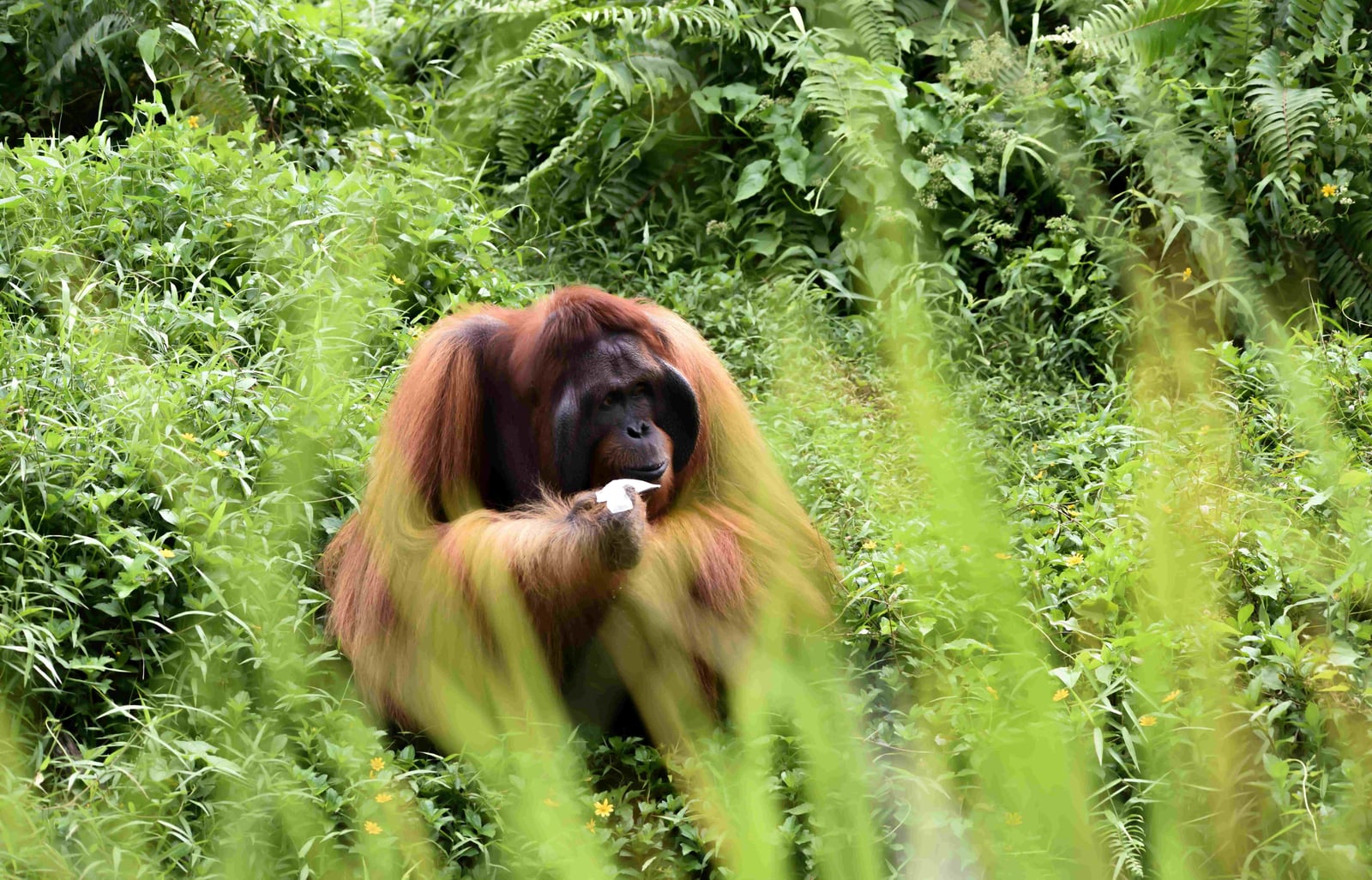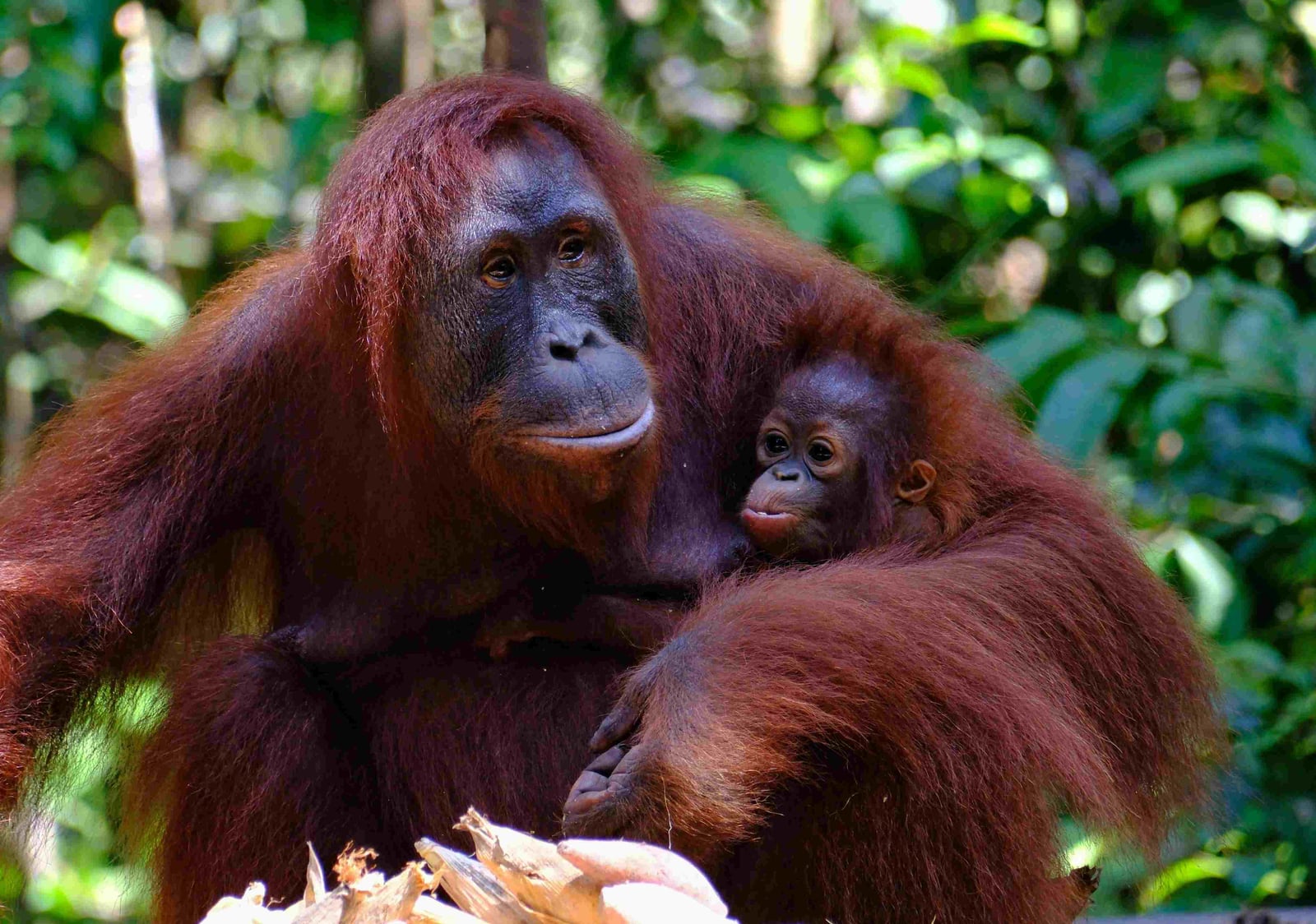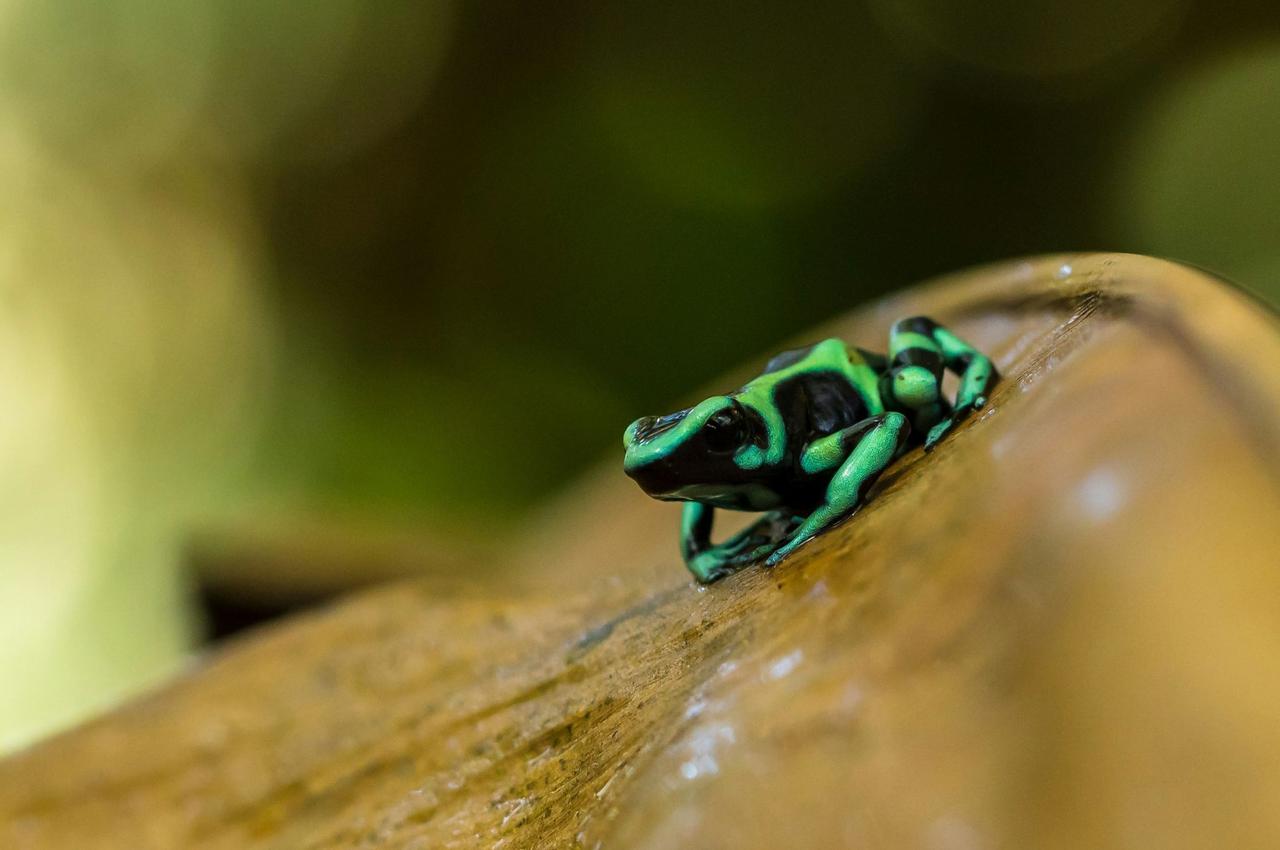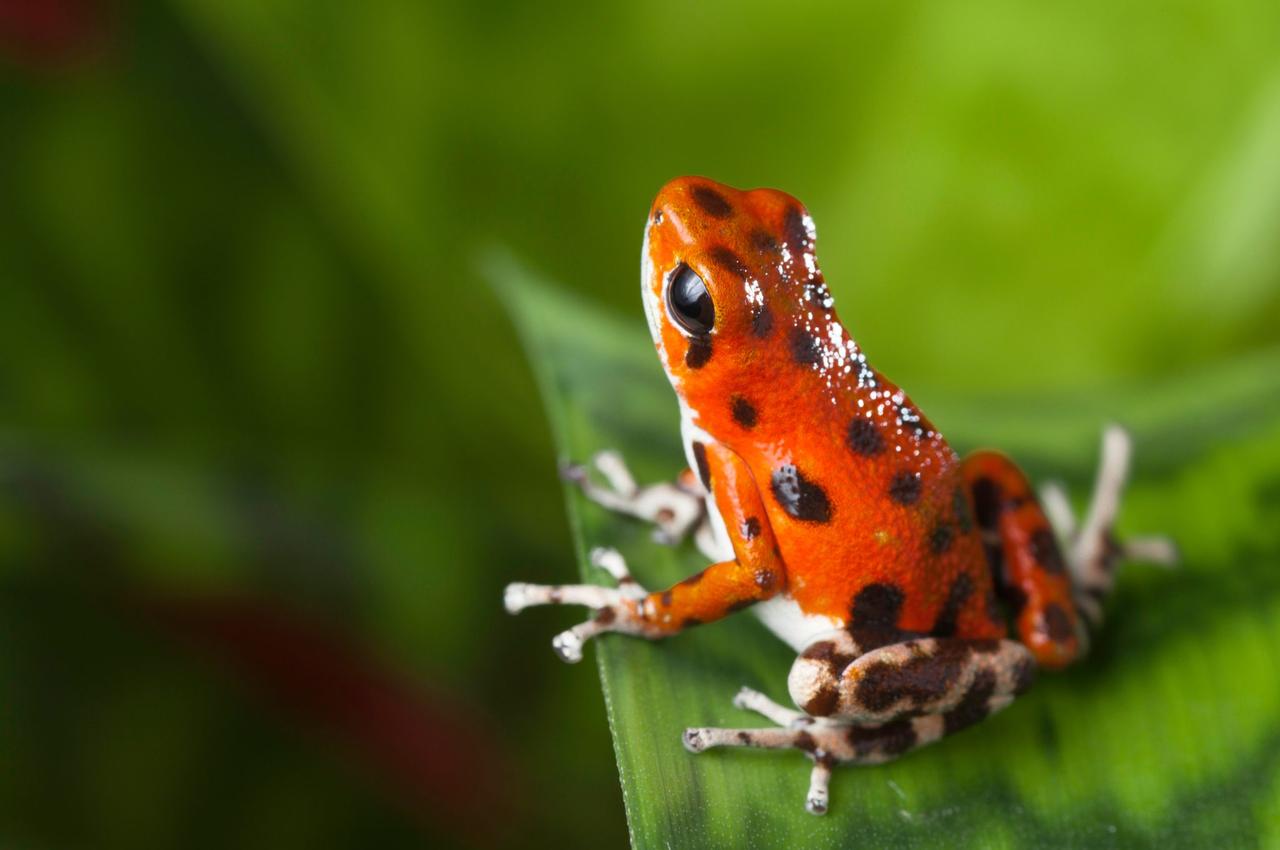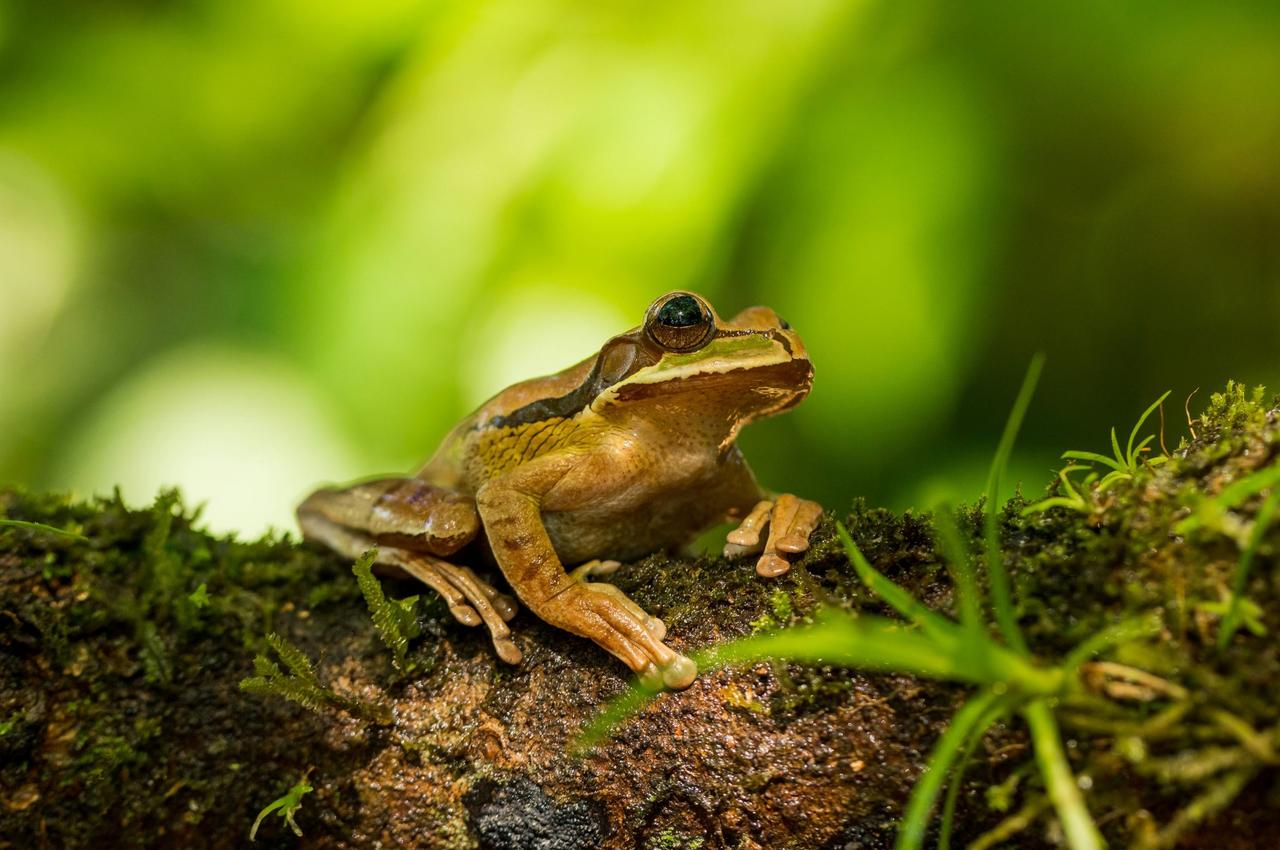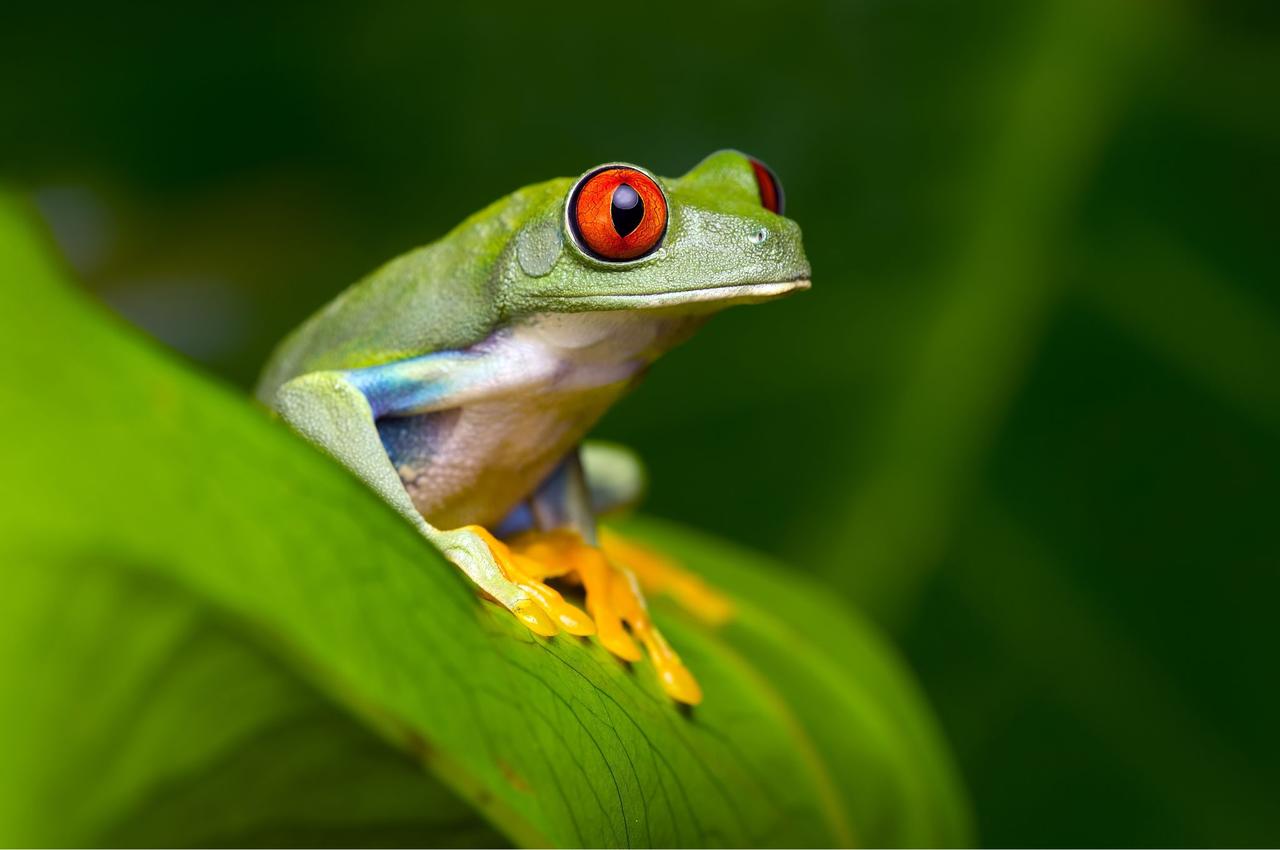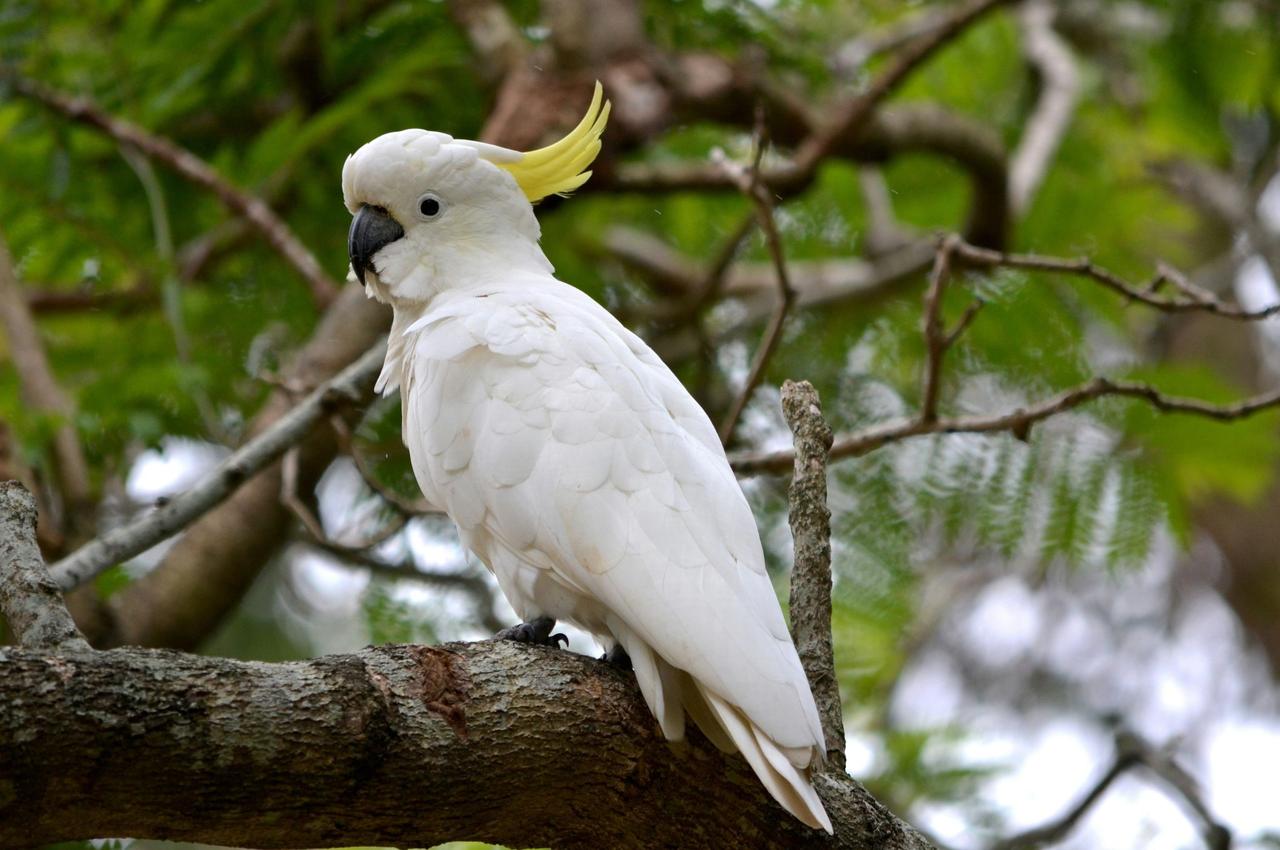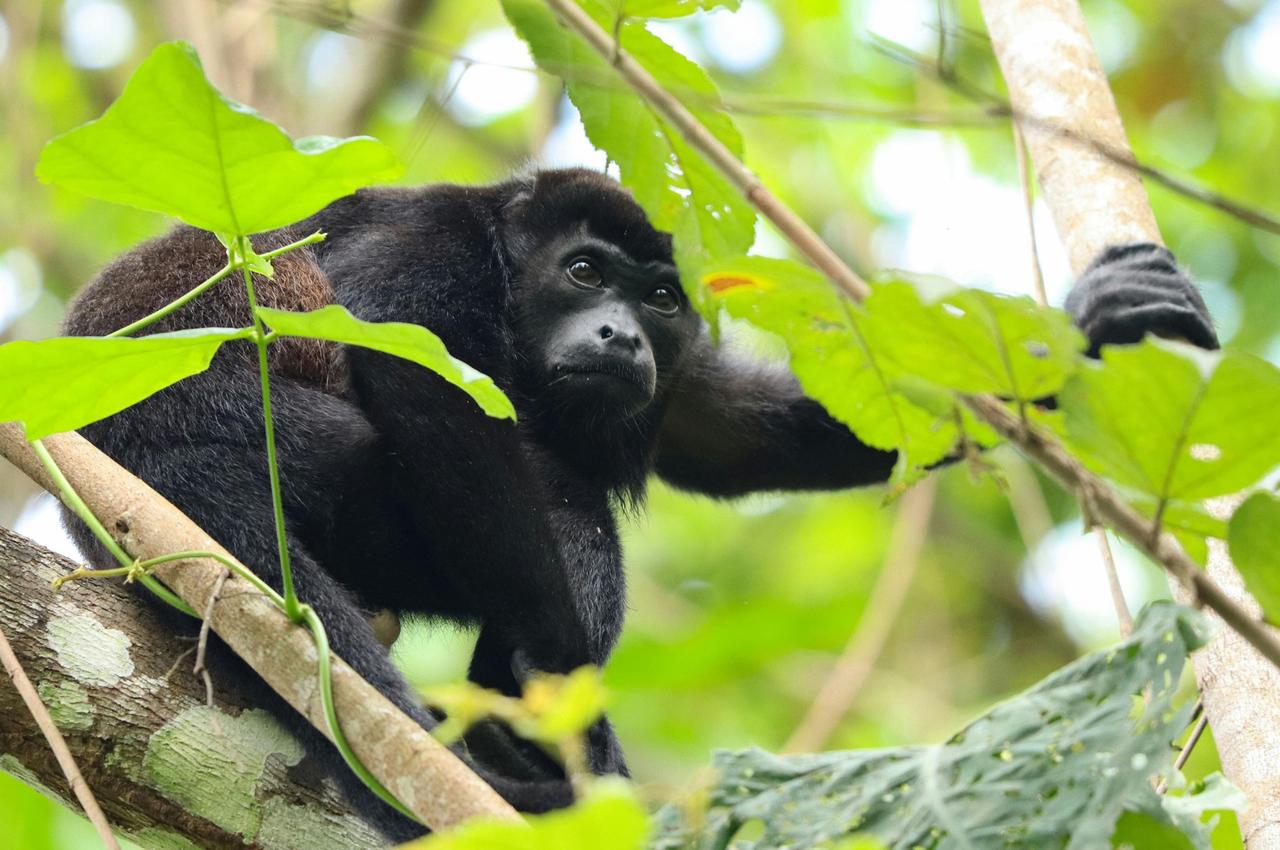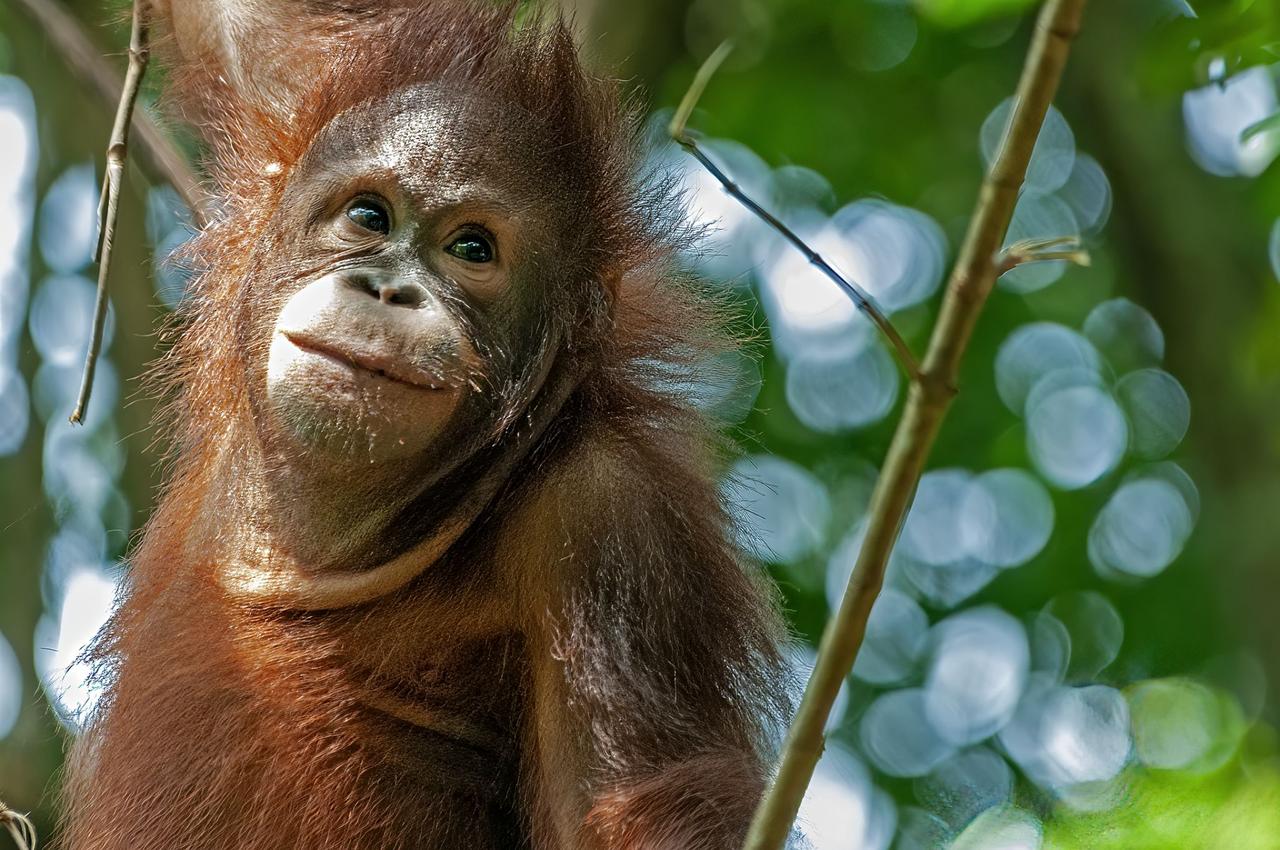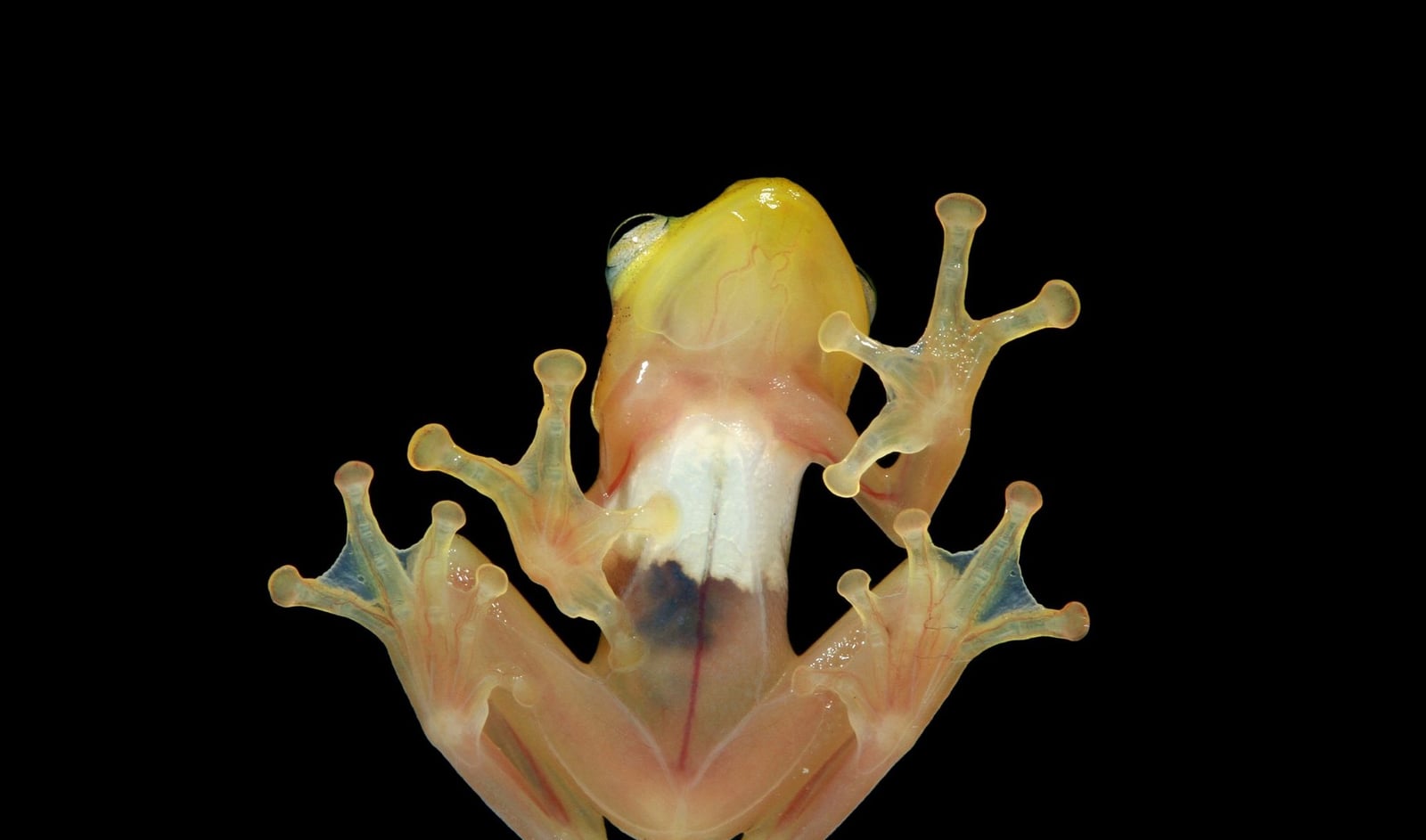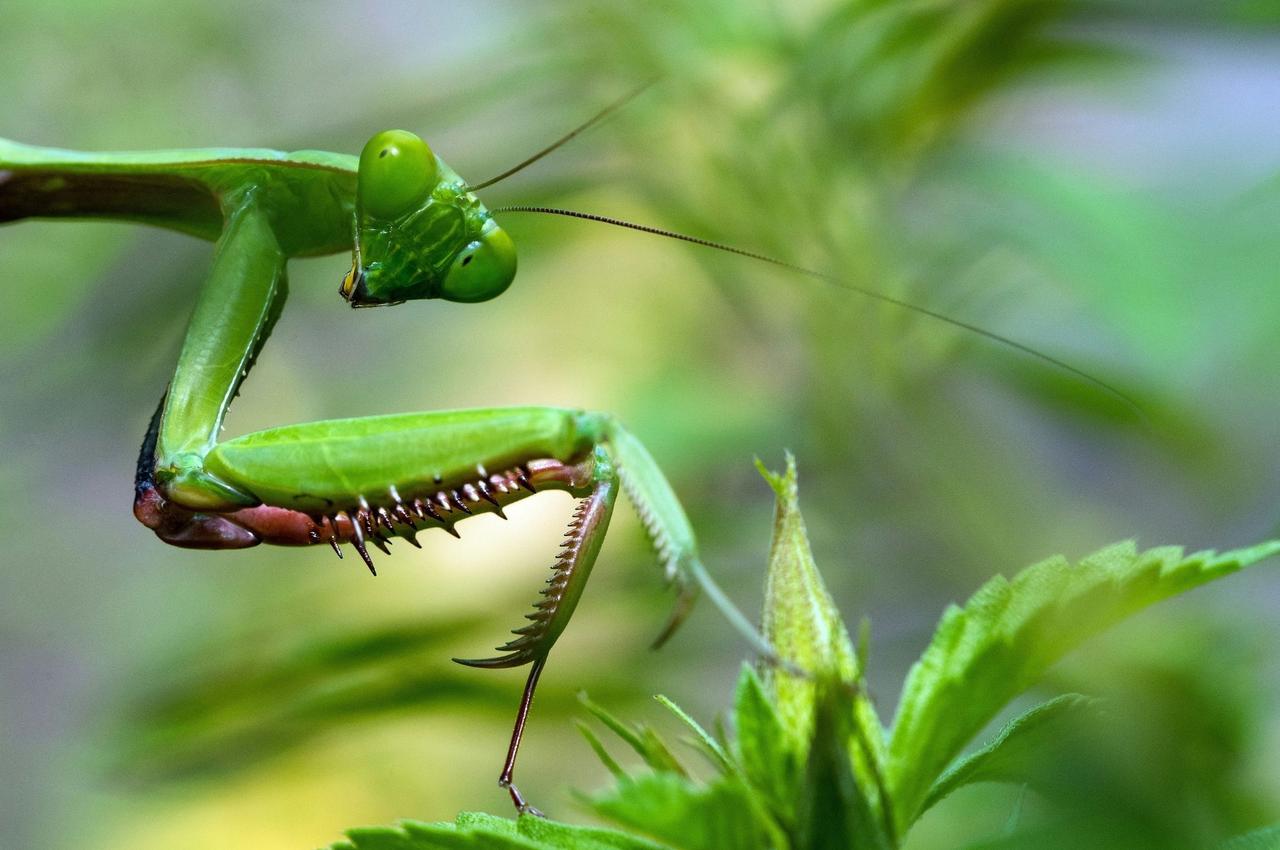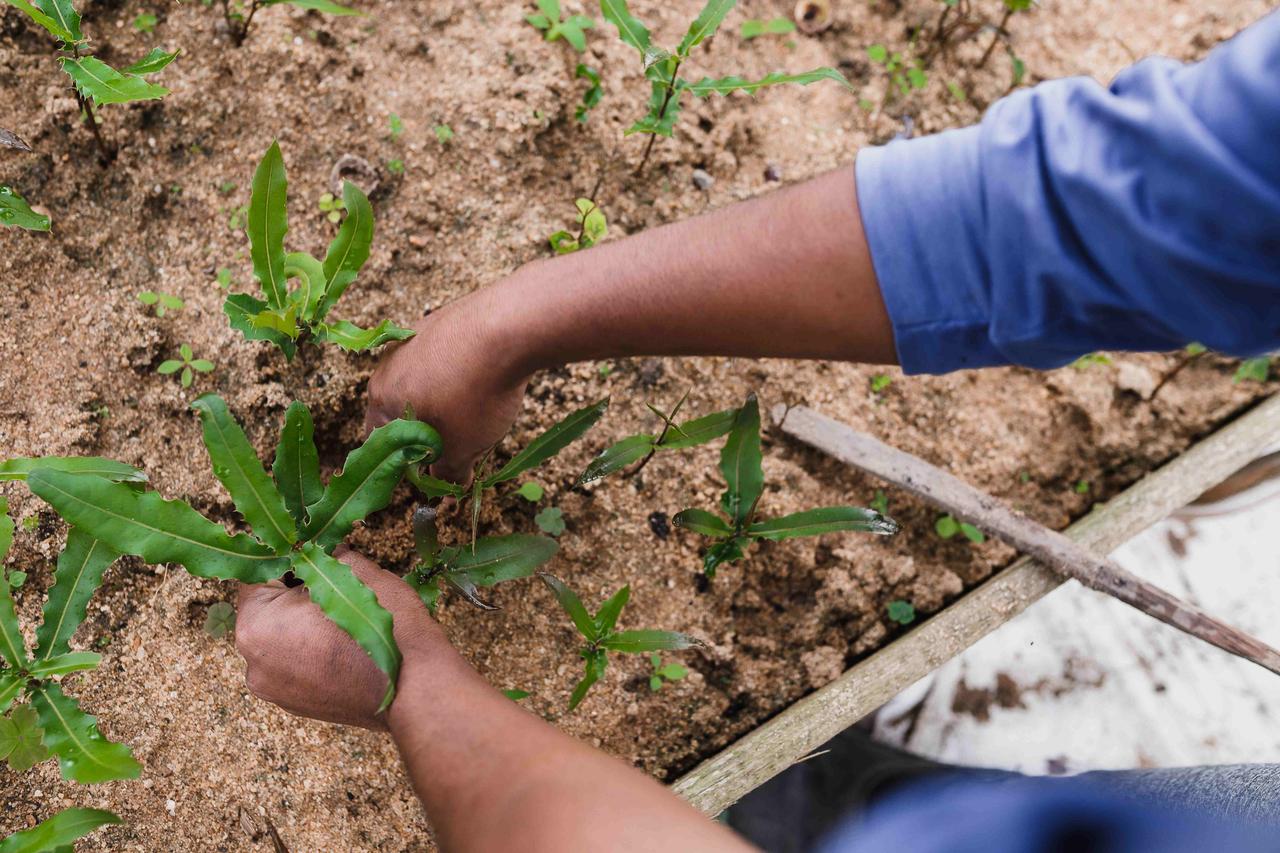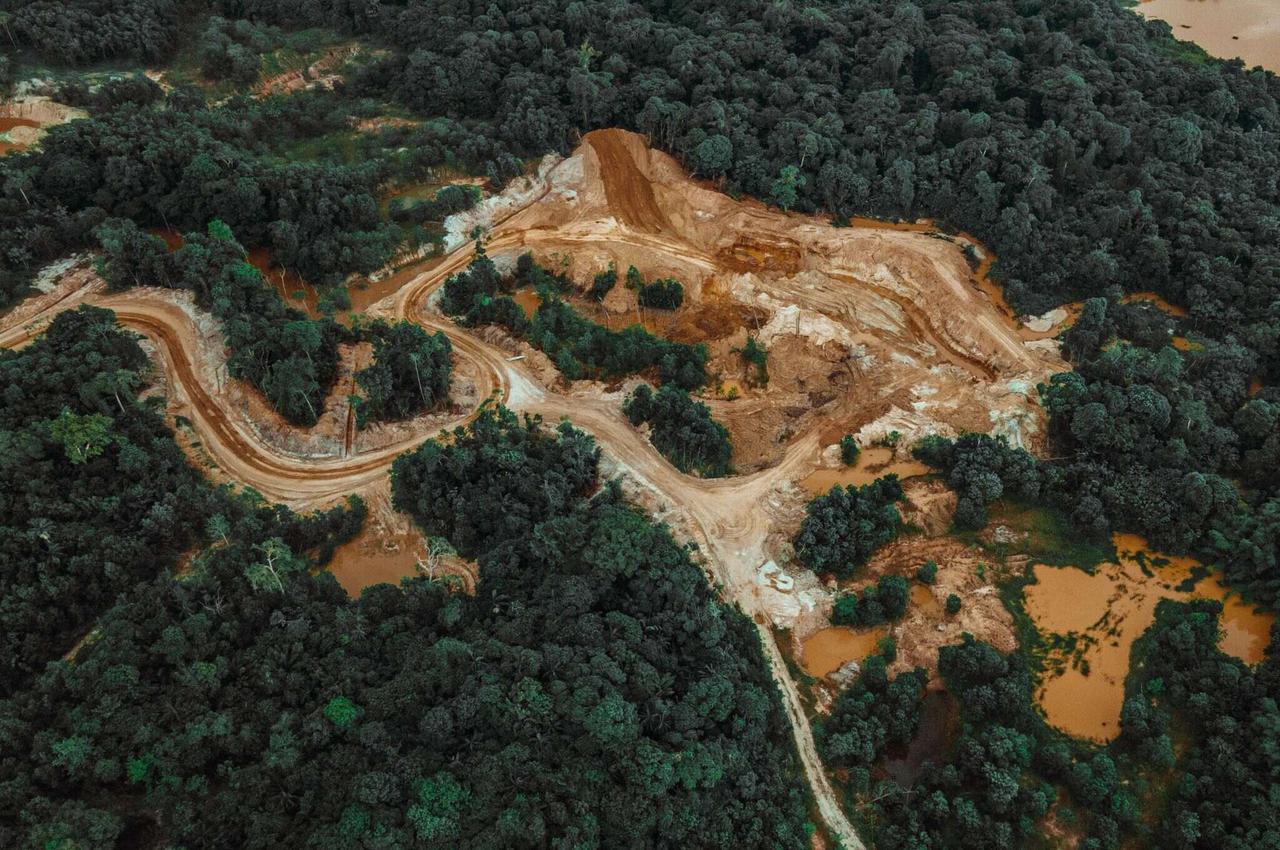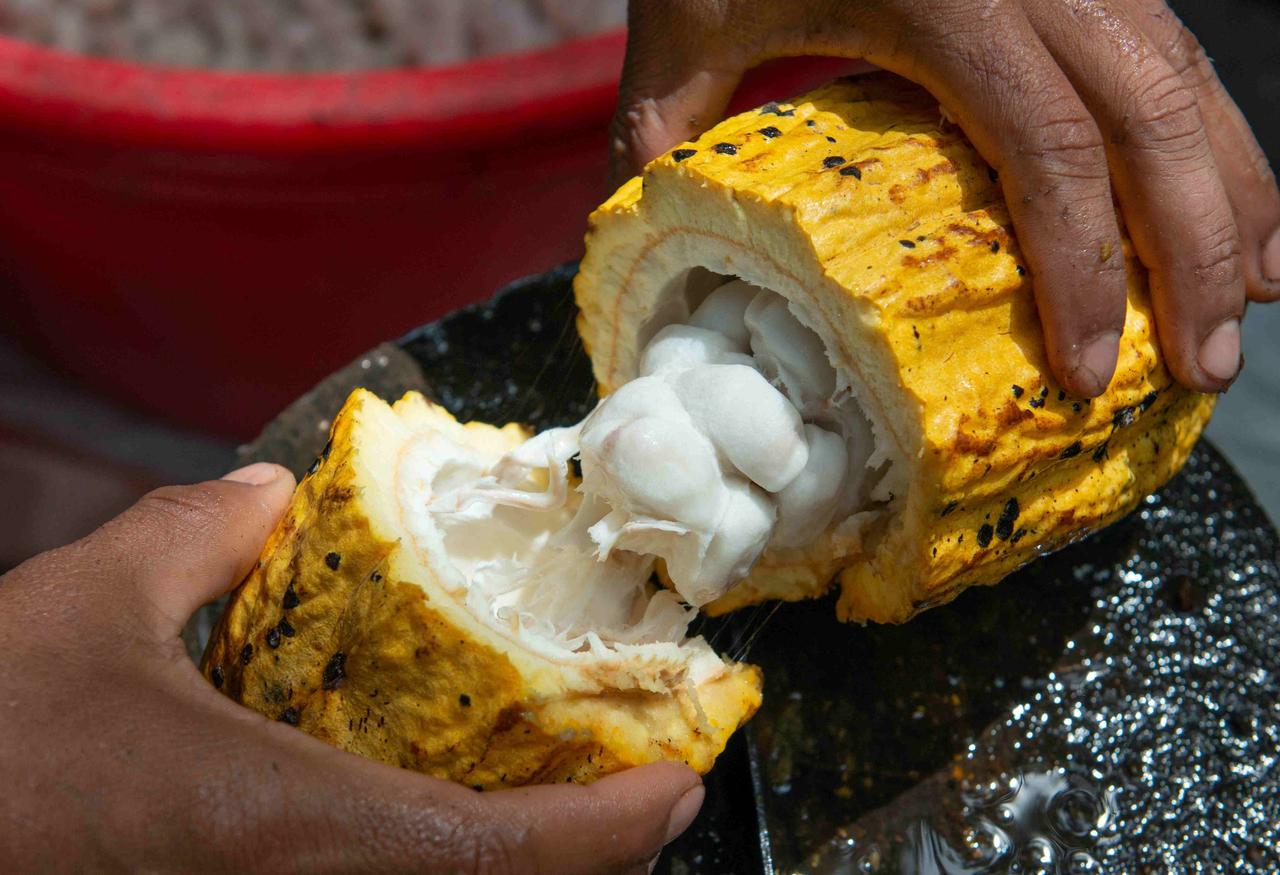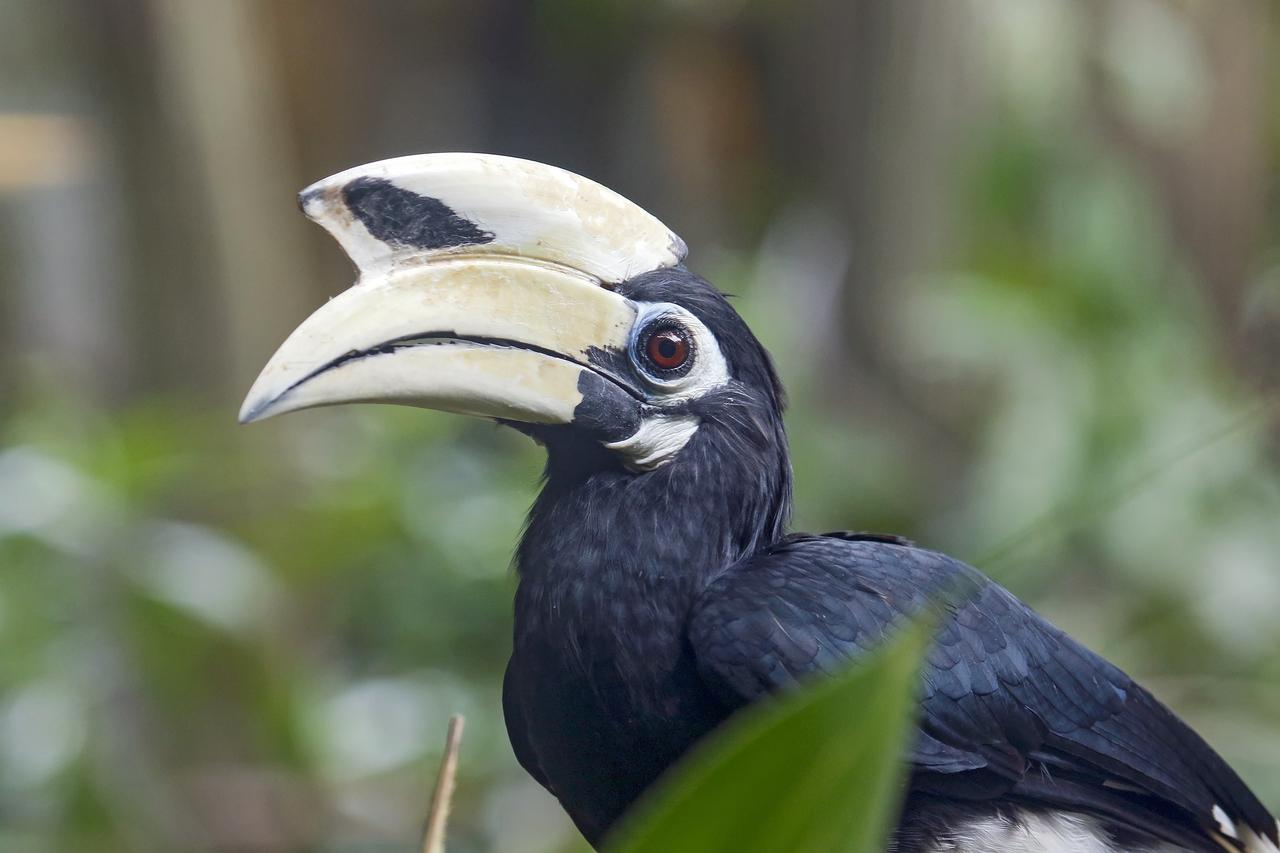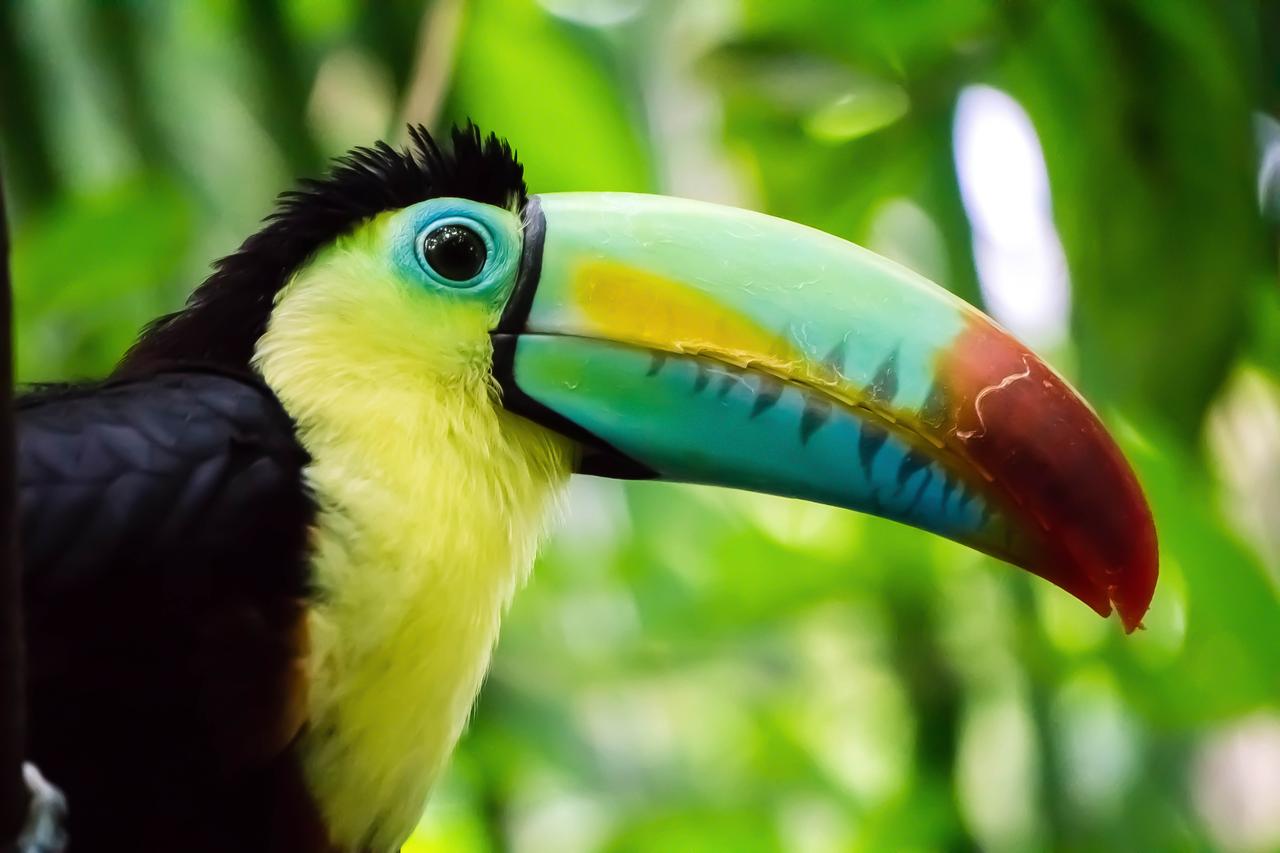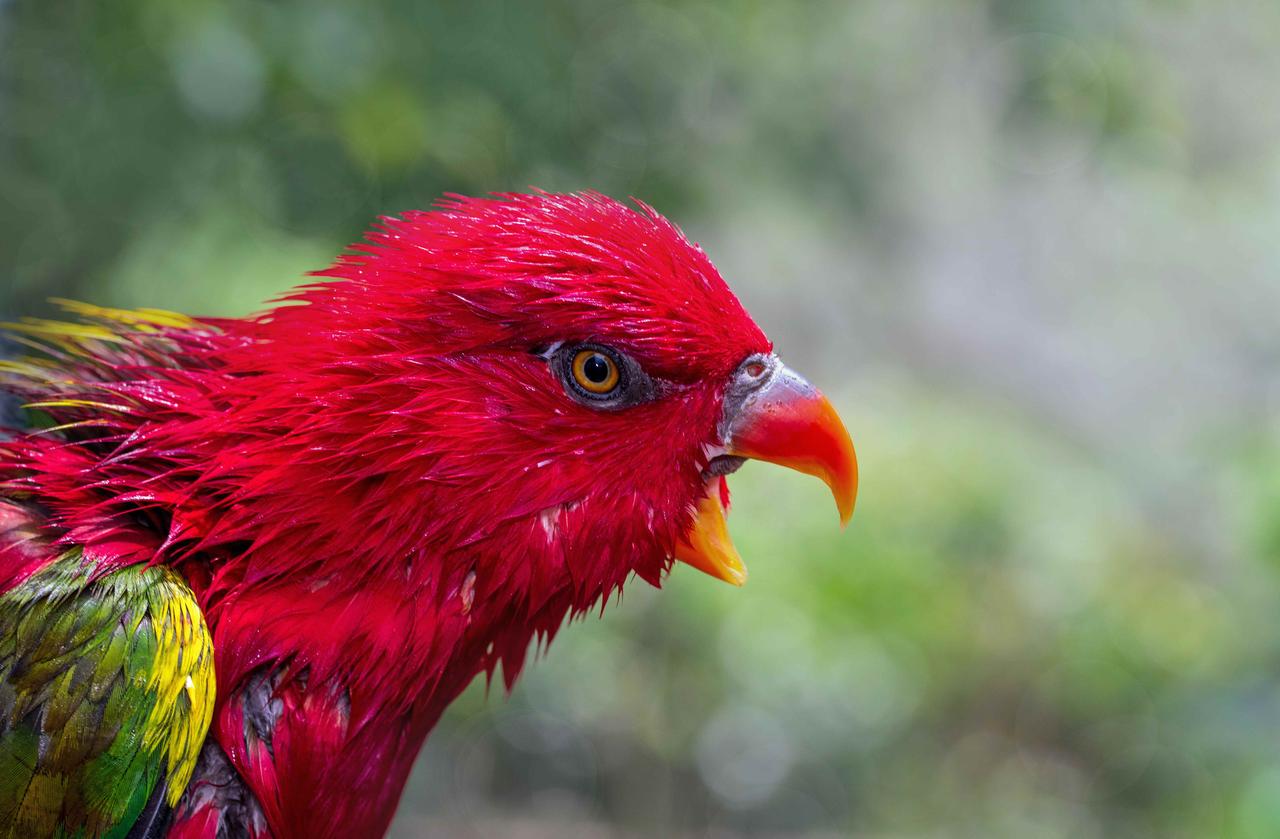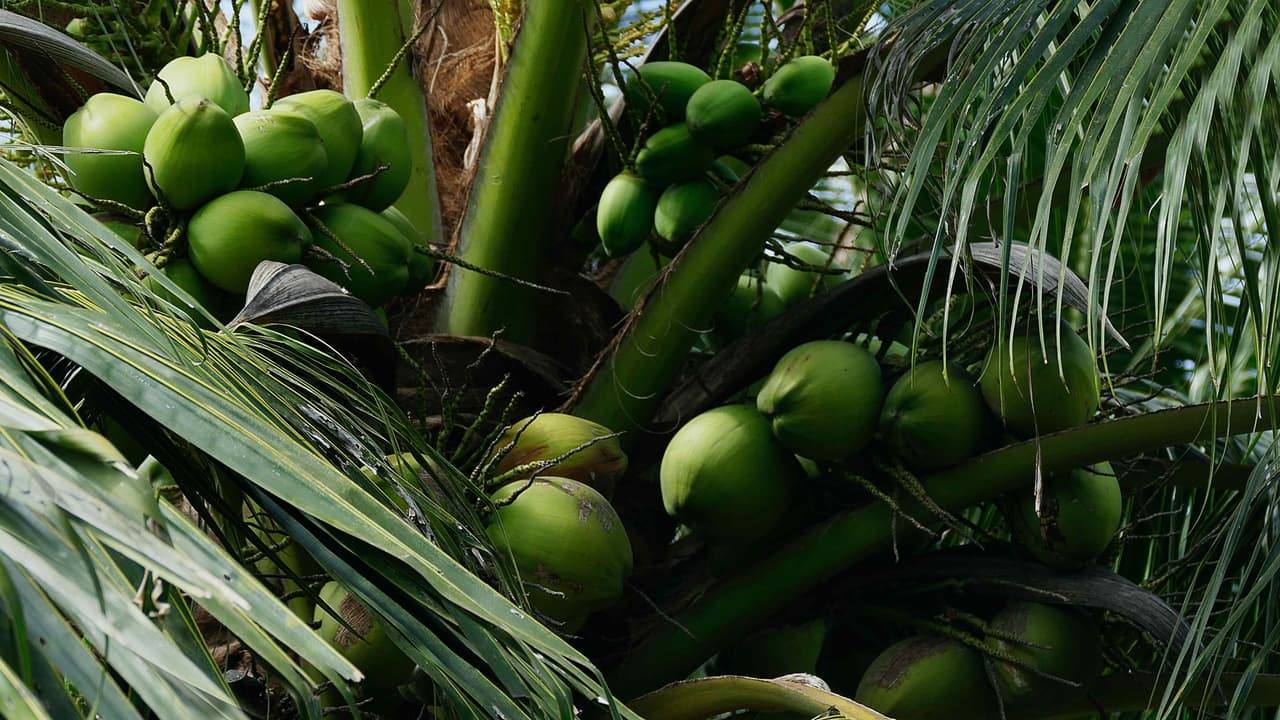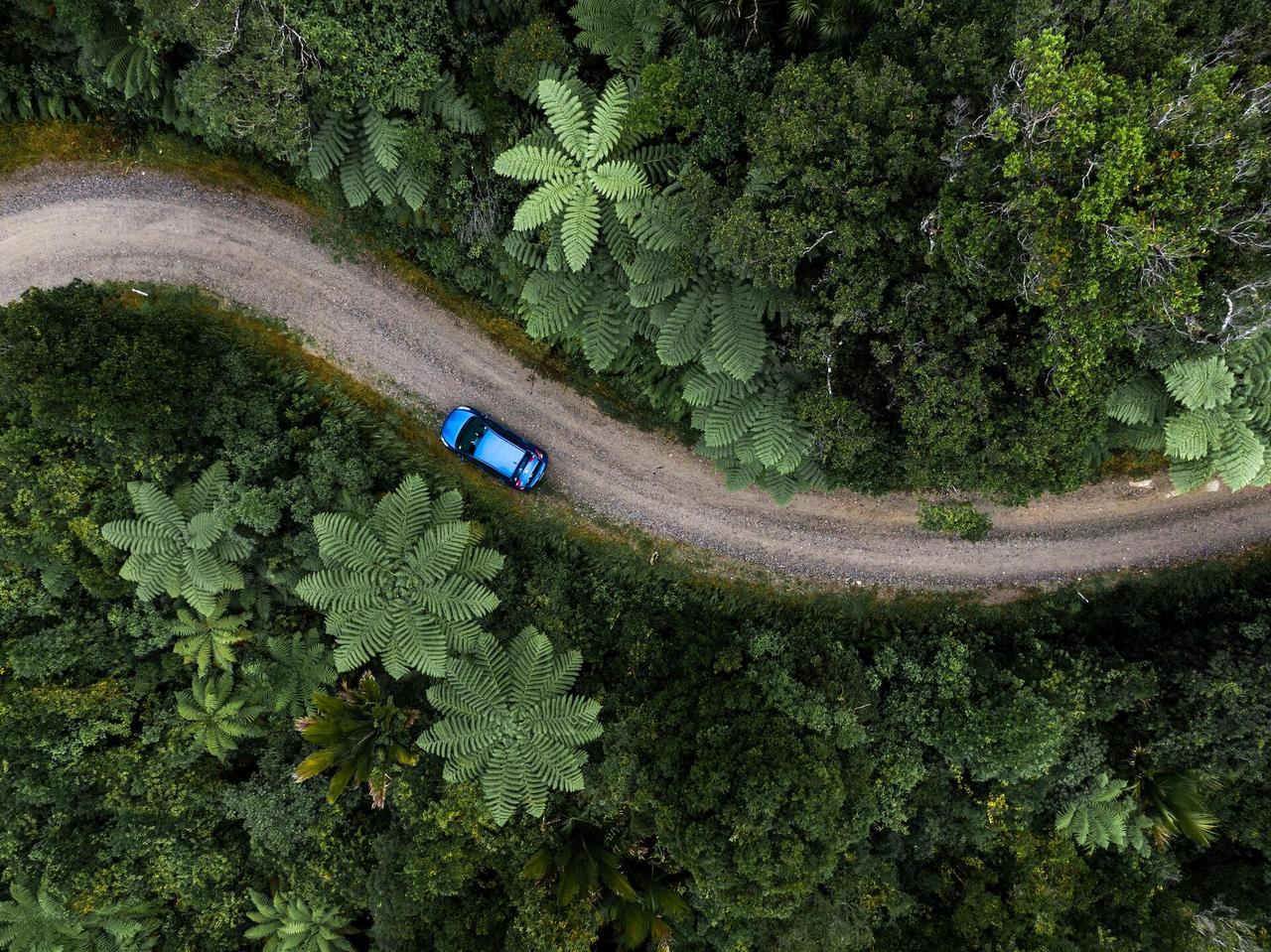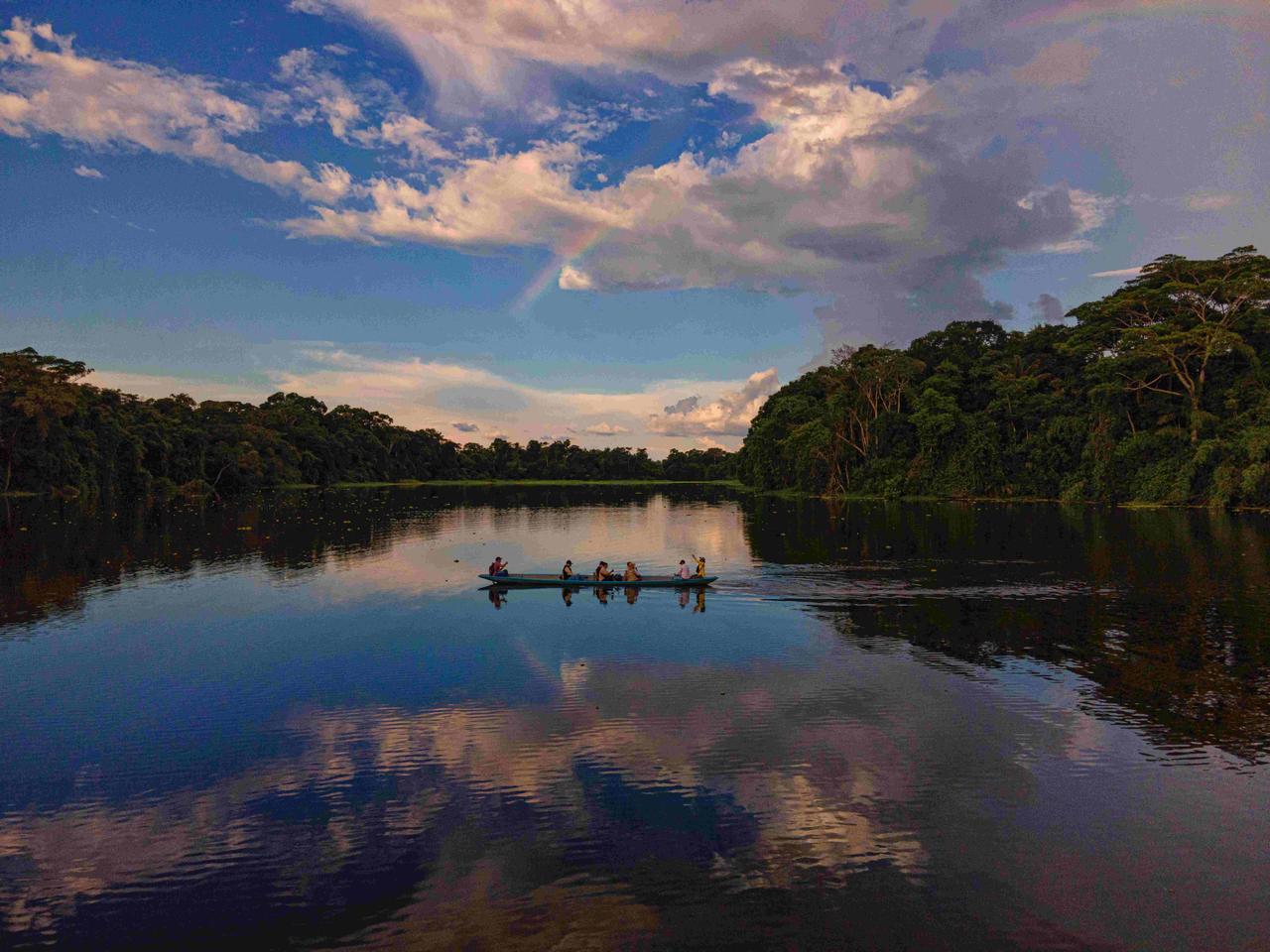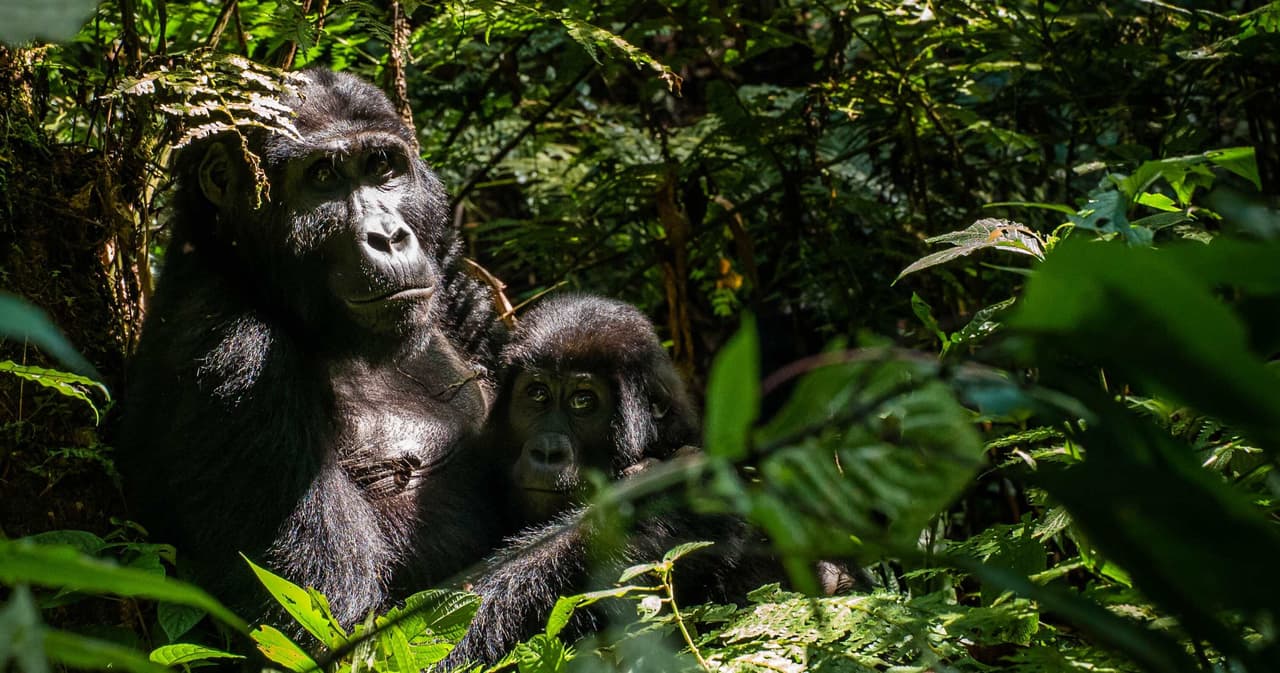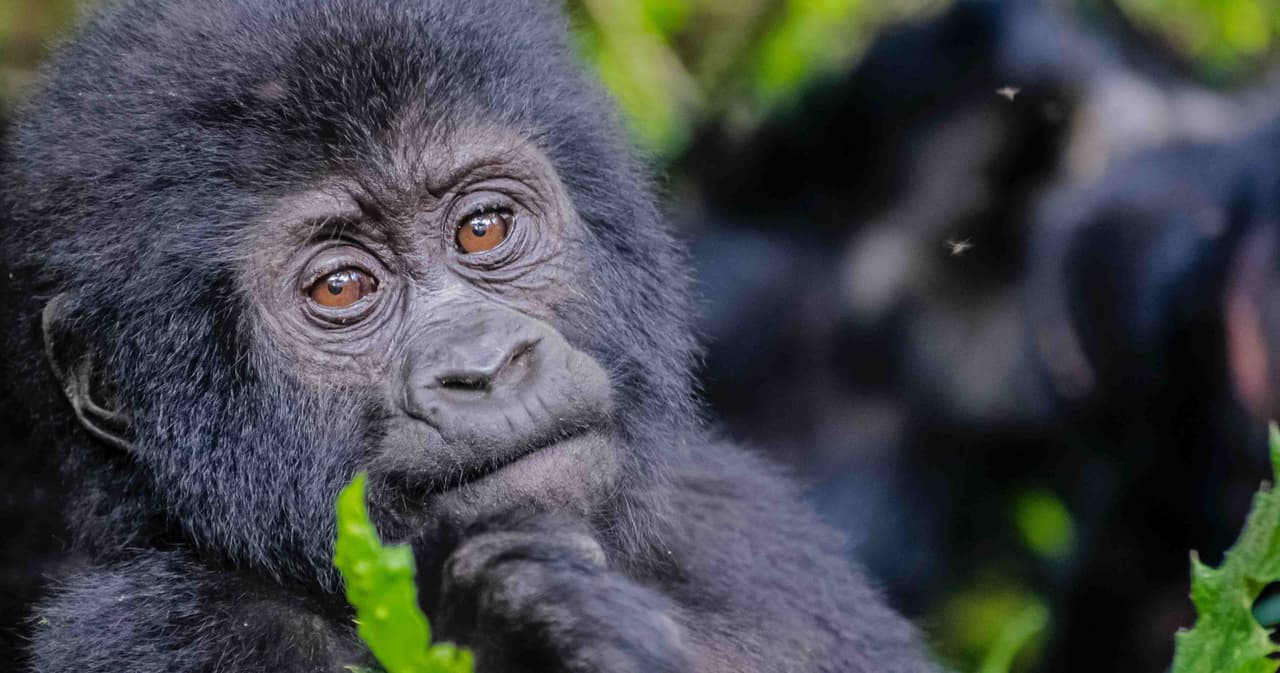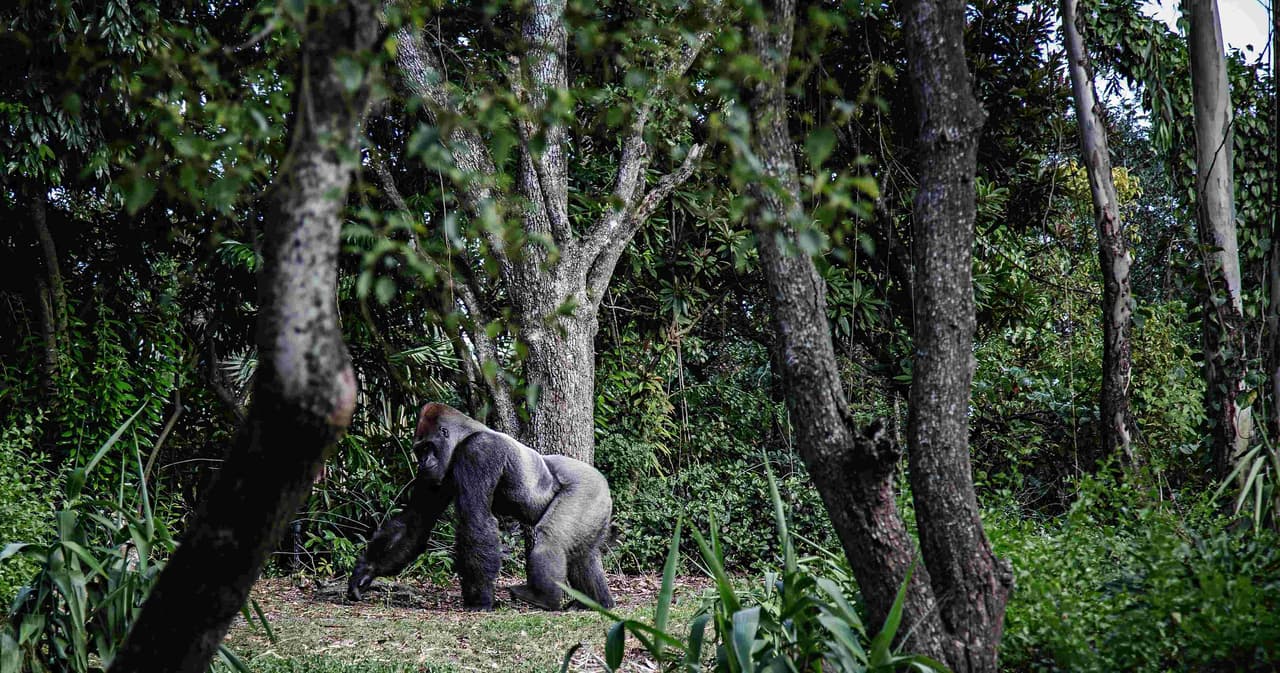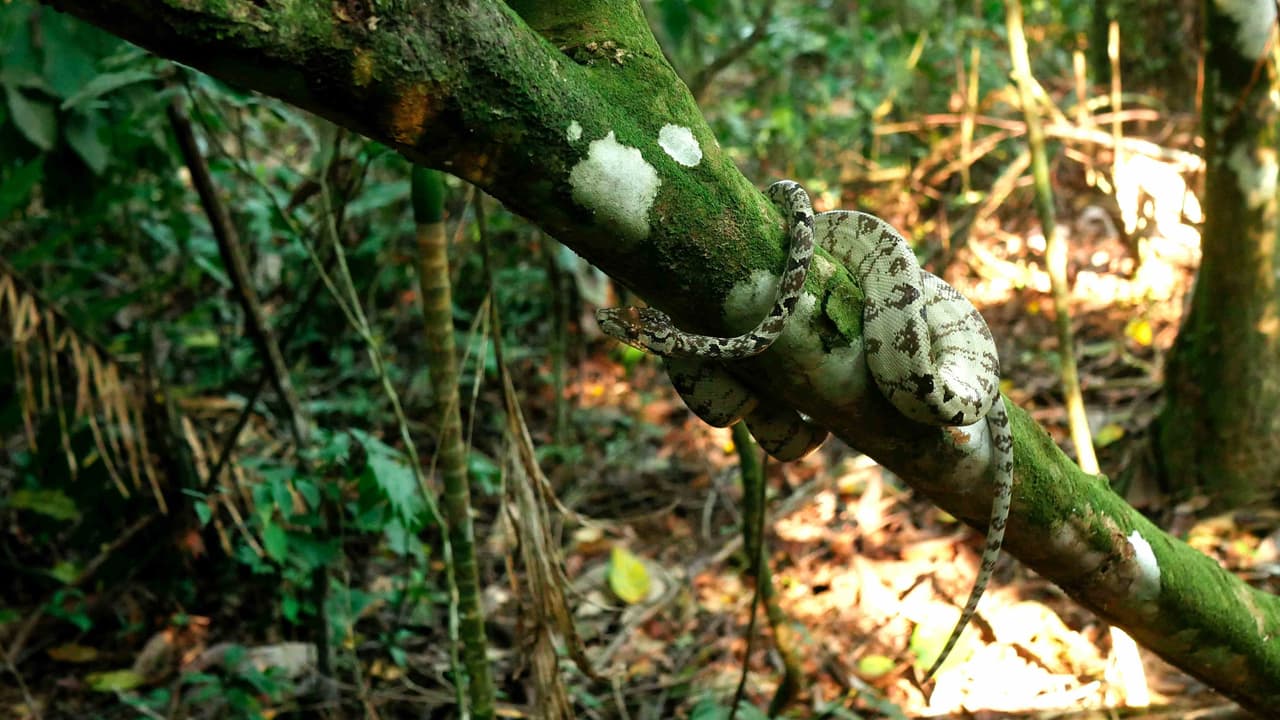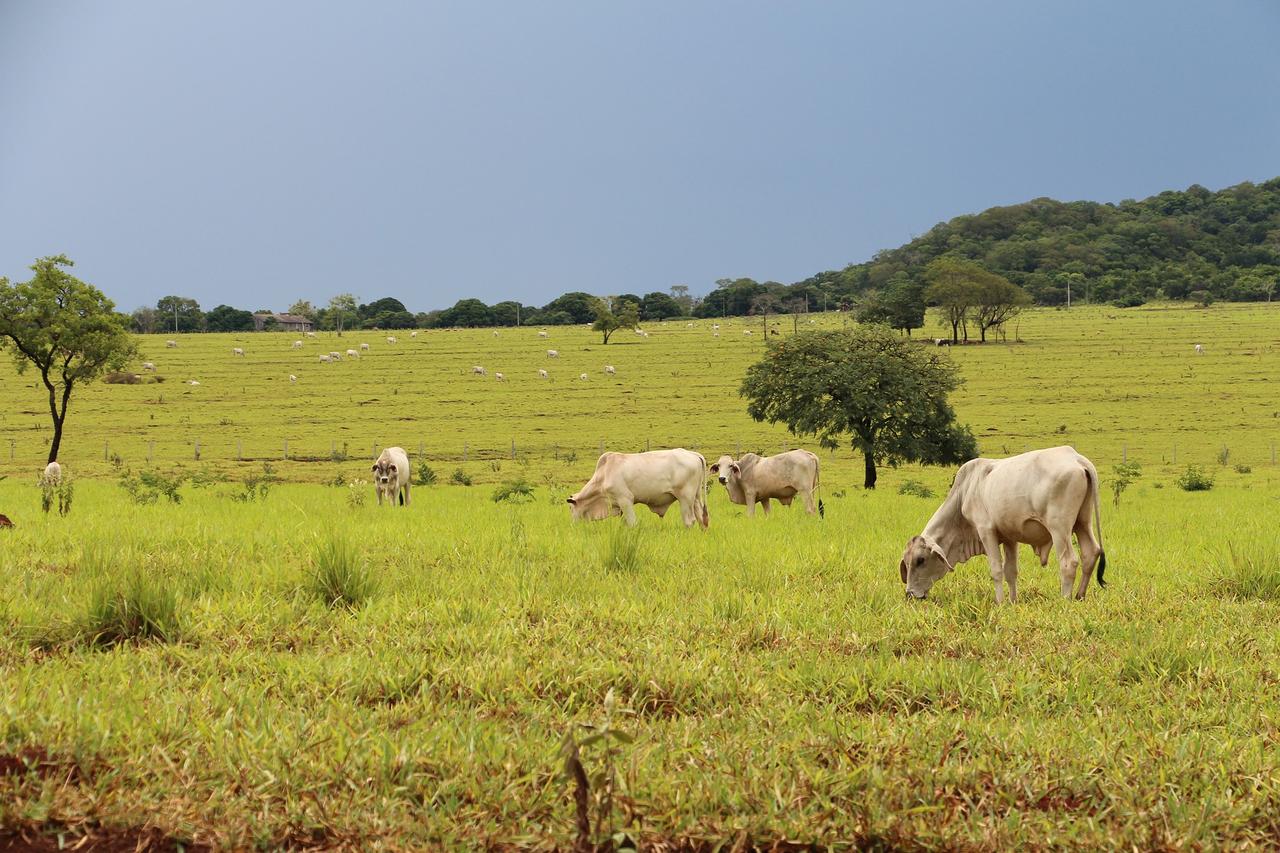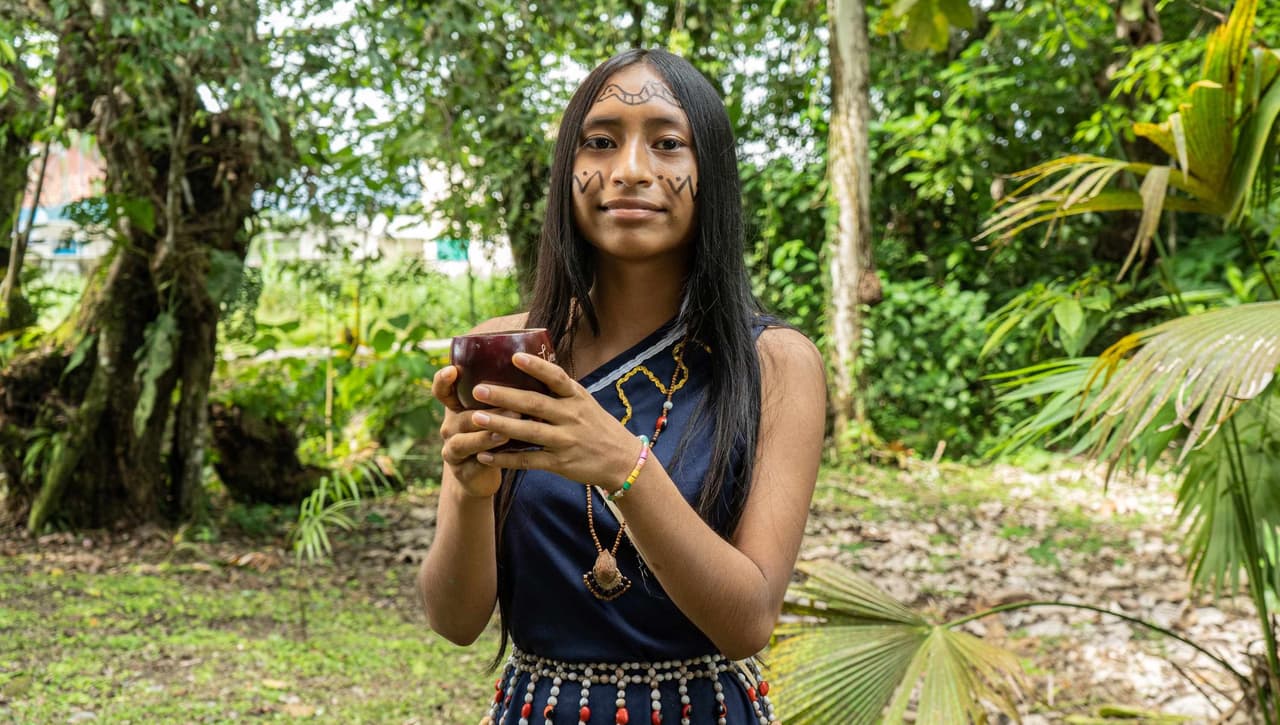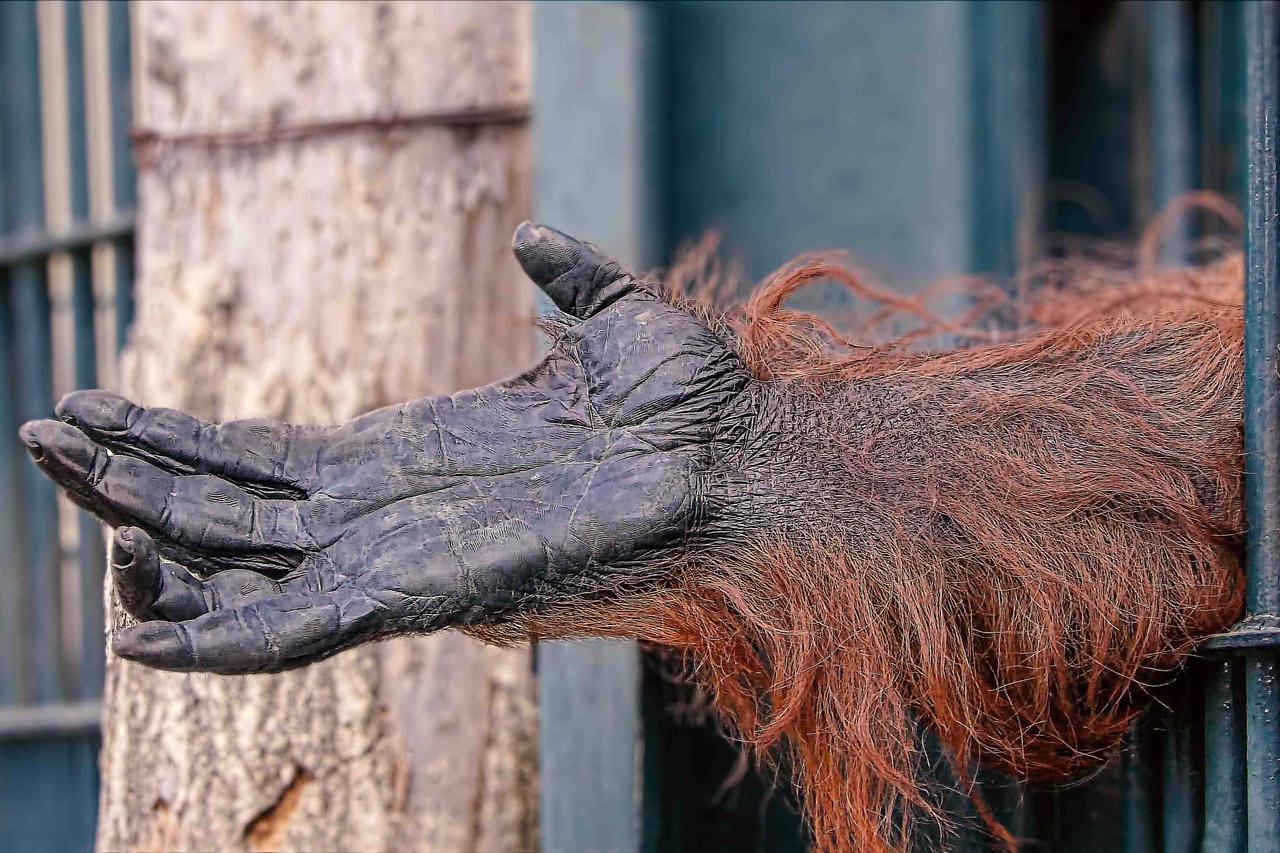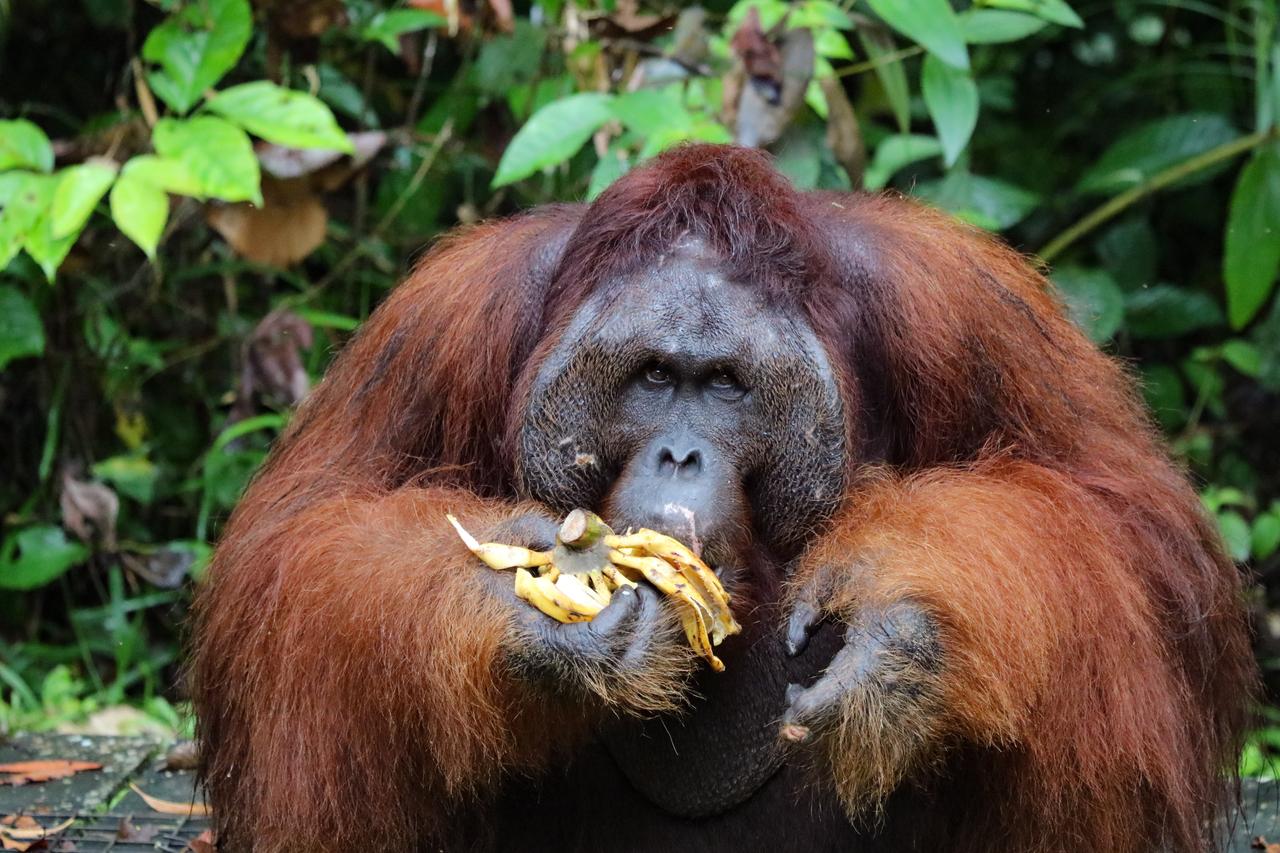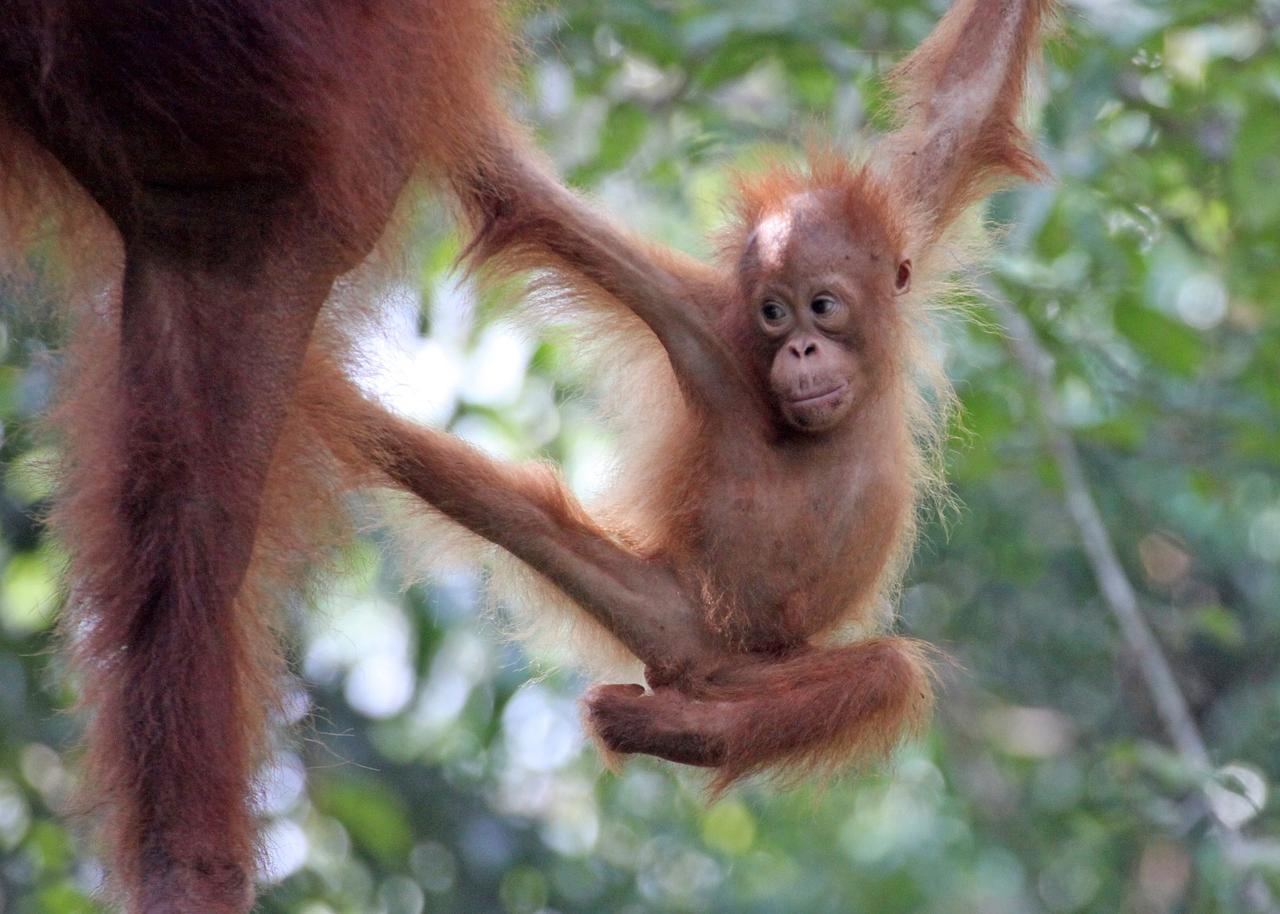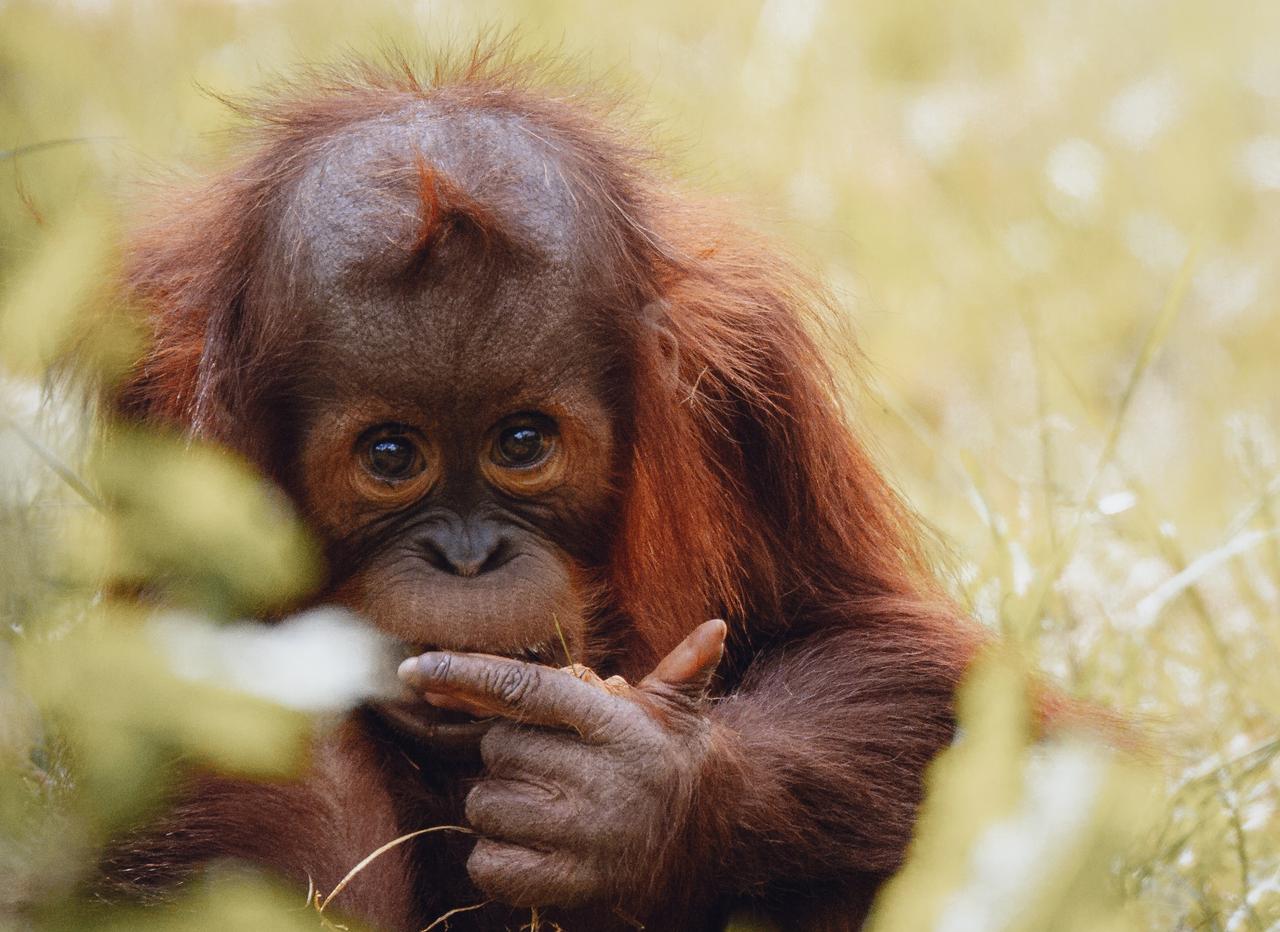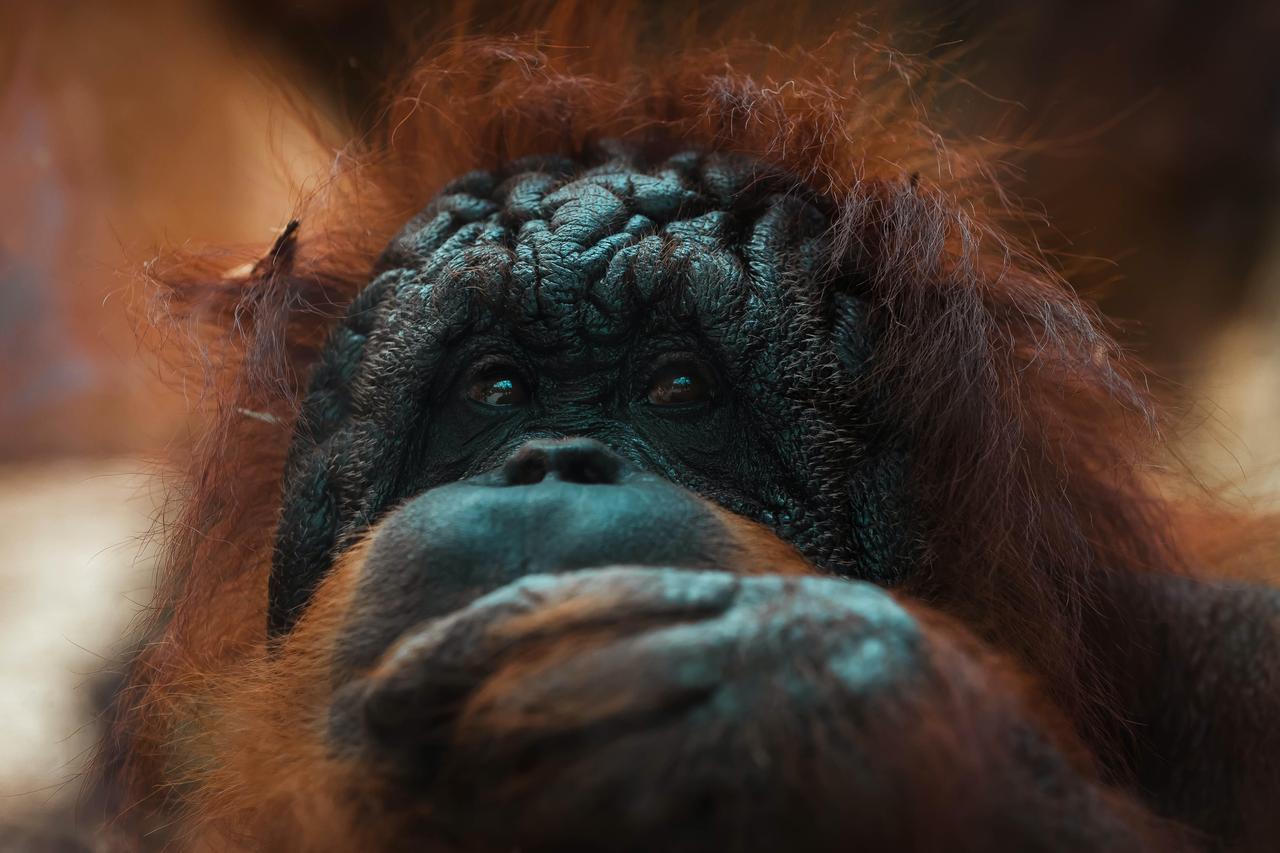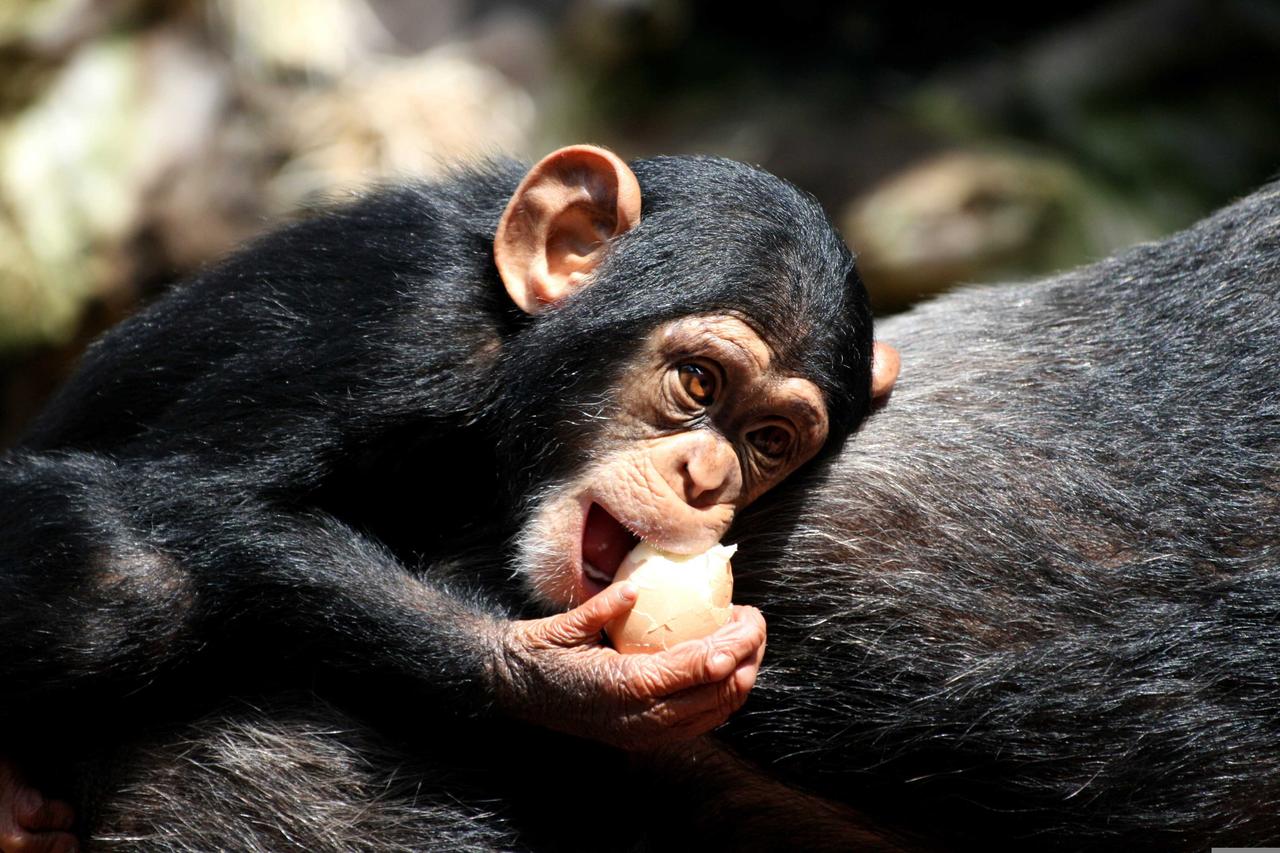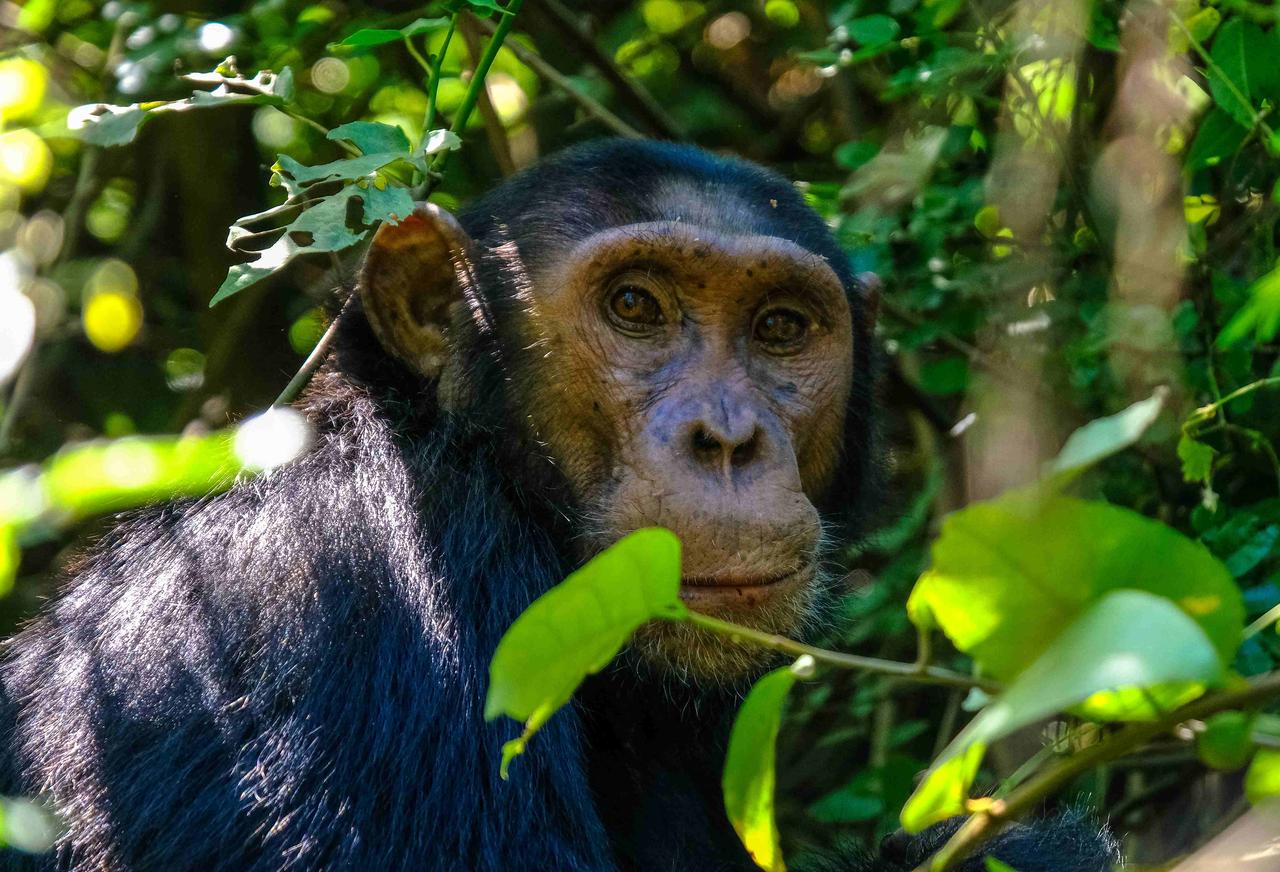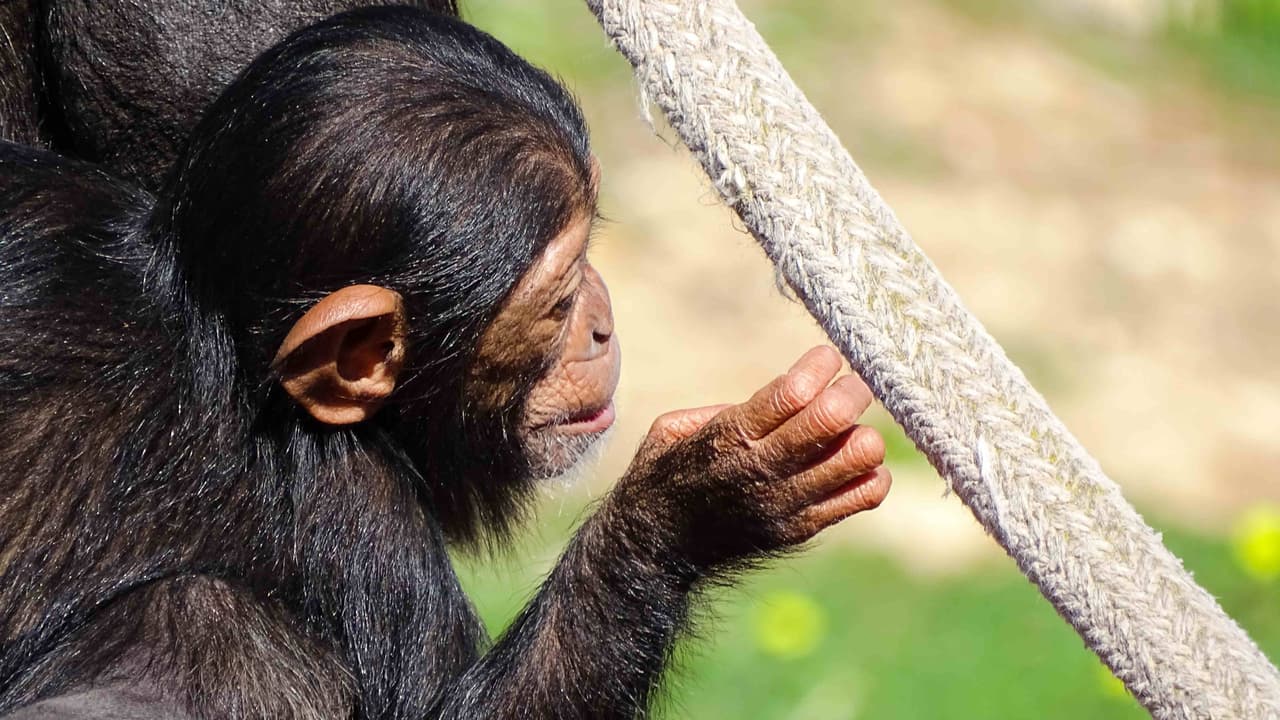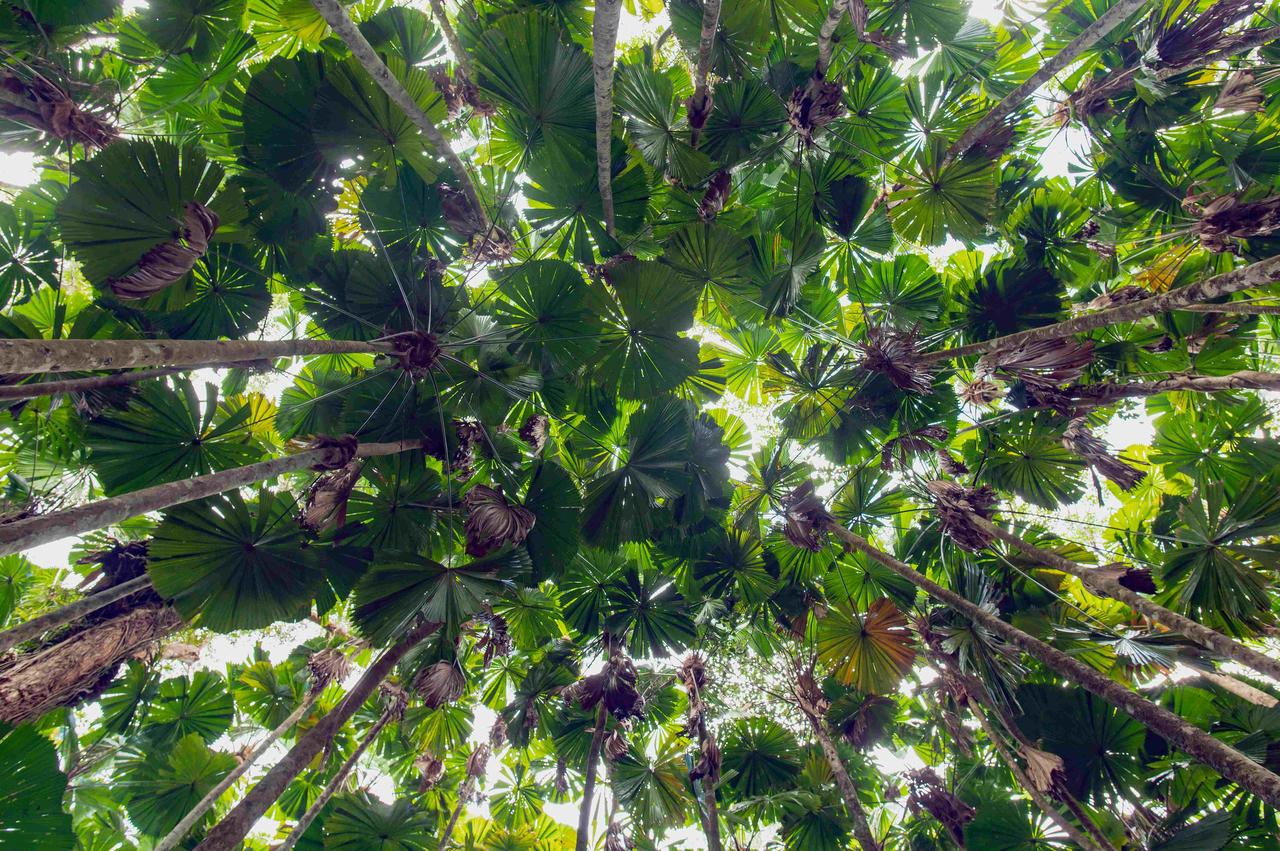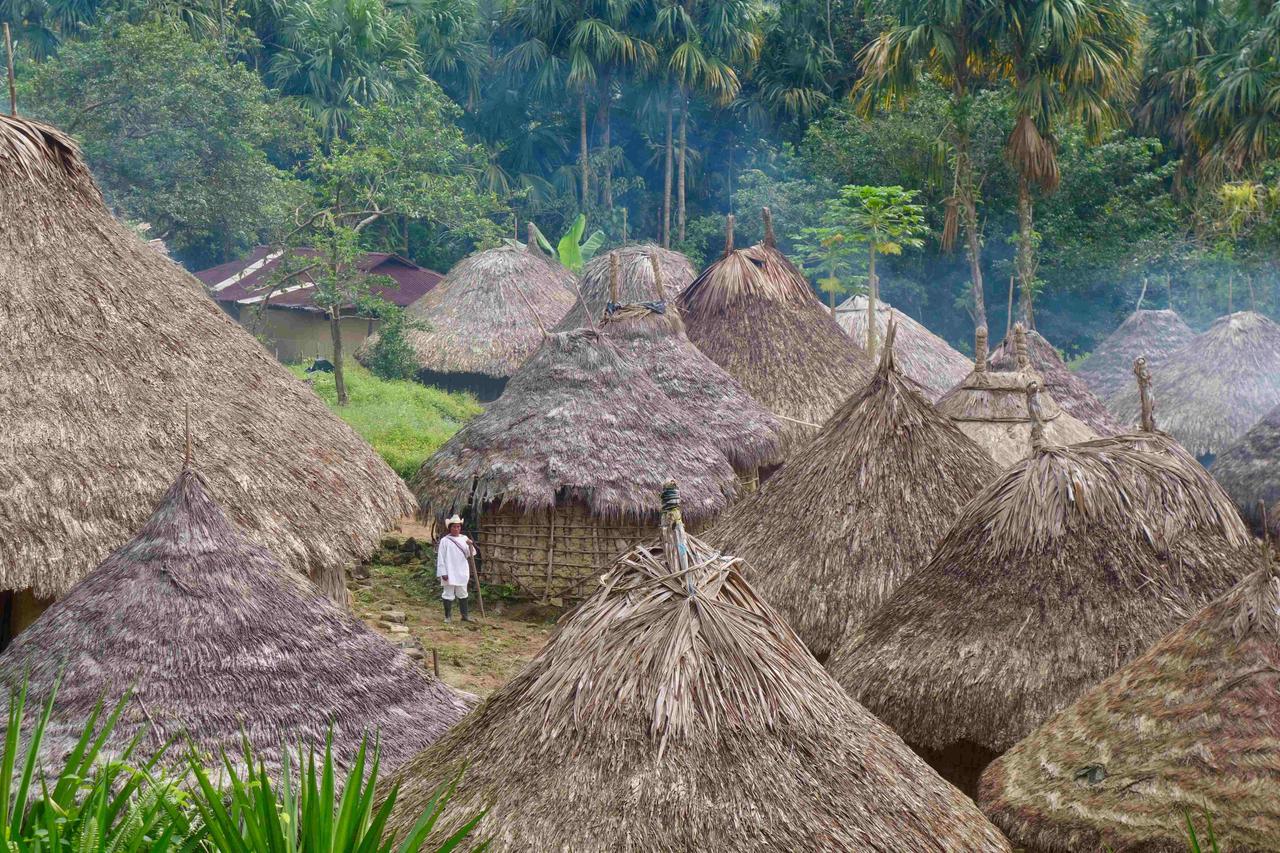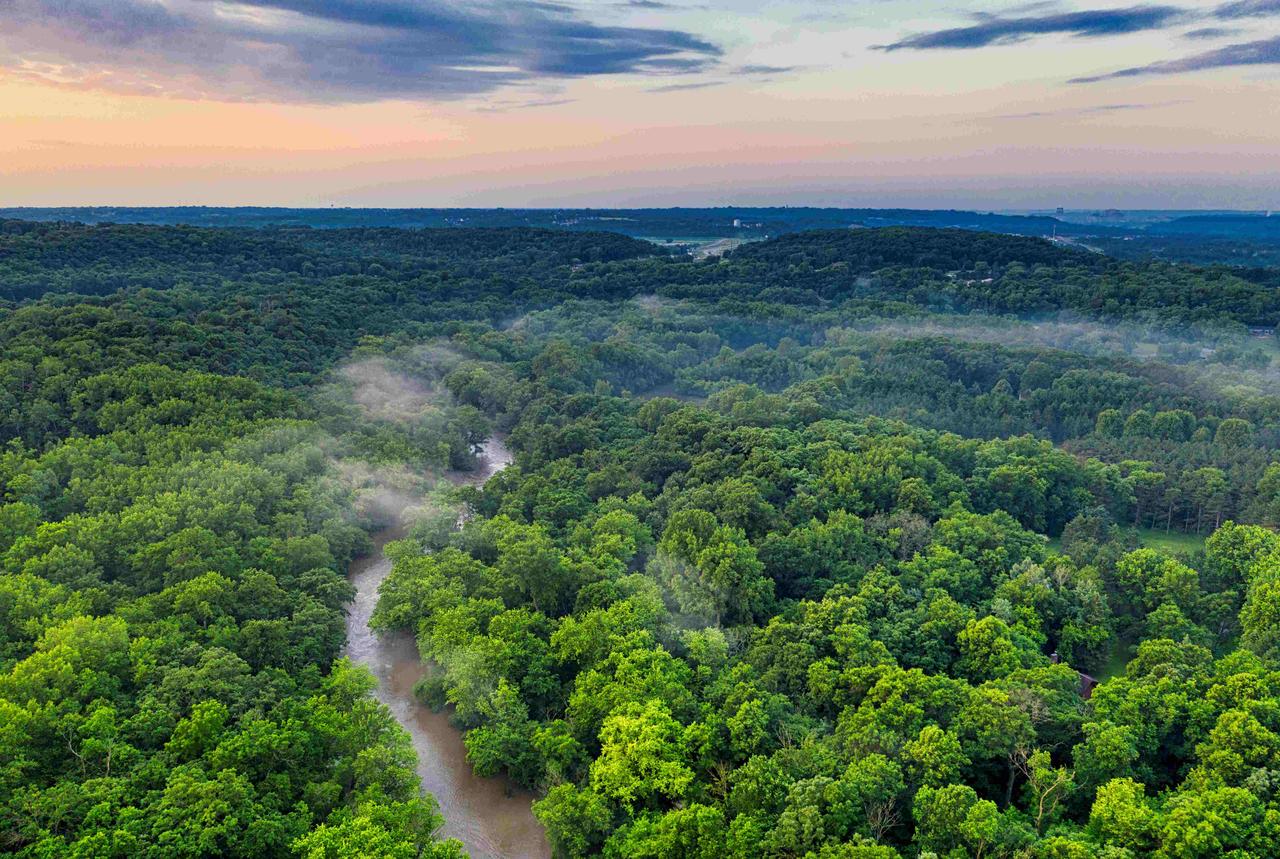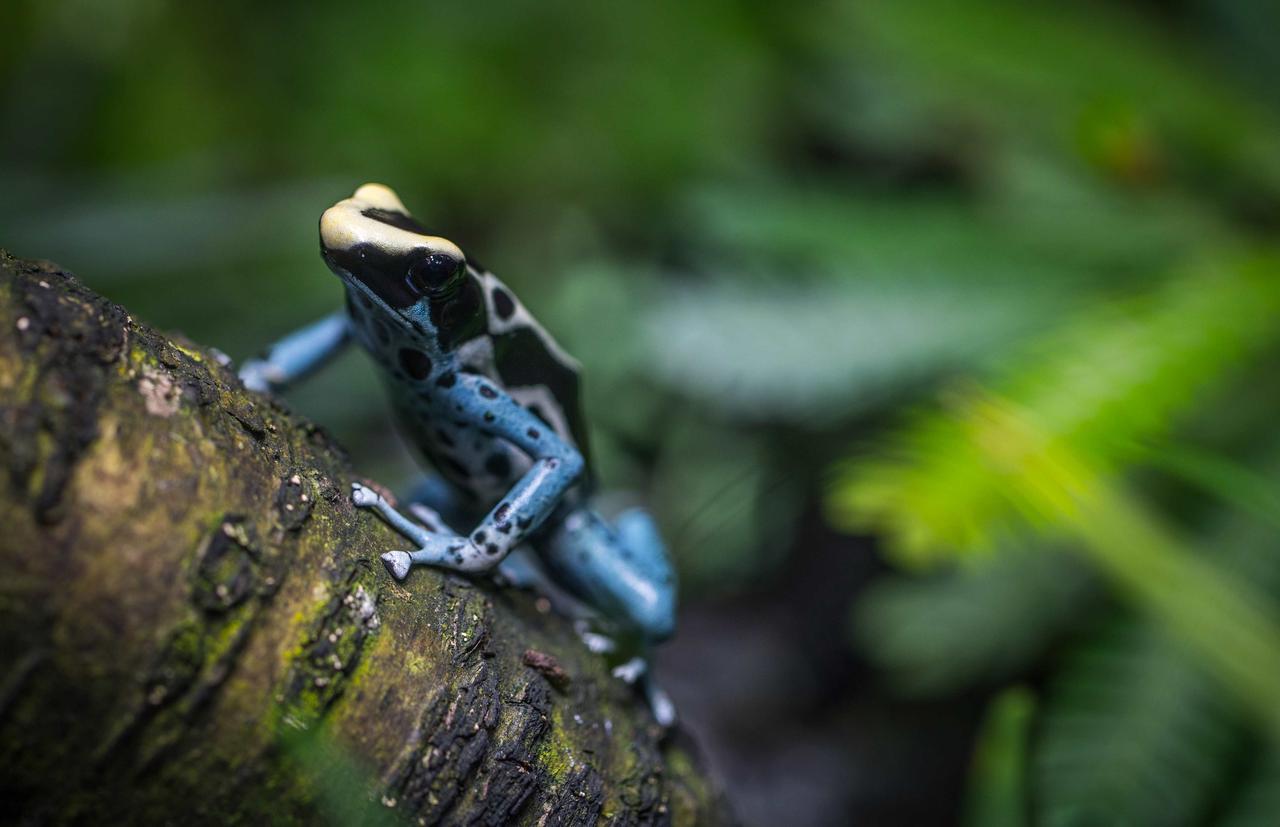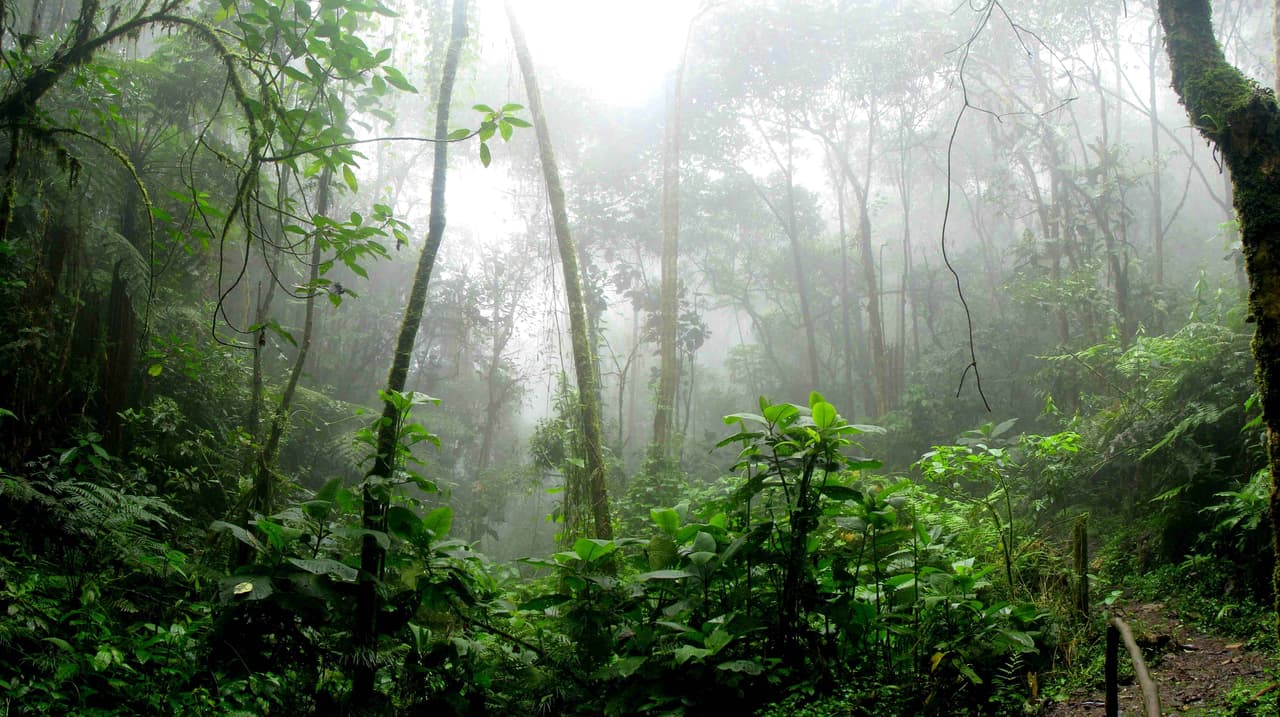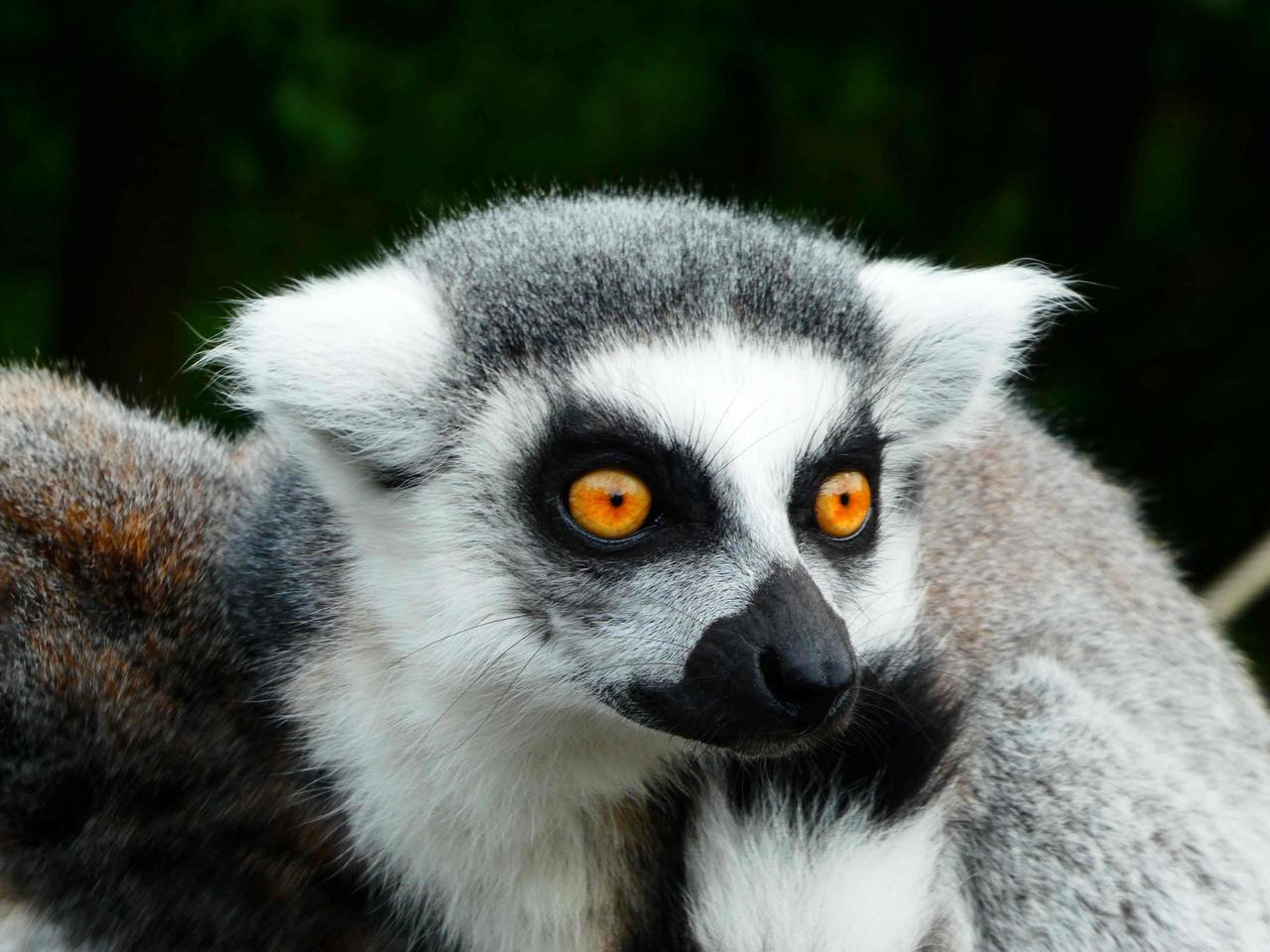
Go ape this INTERNATIONAL PRIMATE DAY — discover the world of our not-so-distant relatives with these fascinating facts.
Today is INTERNATIONAL PRIMATE DAY — established to draw attention to the issues impacting primates across the globe. Primates are defined by their genetic composition and physical traits, including large brains, hands able to grasp, forward facing eyes, longer lifespans and complex social groups.
Realizing that these traits sound a bit like you? That's because you are a primate! Along with lower primates like lemurs, bush babies and upper primates like monkeys and gorillas — humans are considered primates. However, INTERNATIONAL PRIMATE DAY isn't about us. Learn the facts about primates and their incredible contribution to our planet's biodiversity.
Did You Know?
- We aren't monkeying around when we say we’ve got a lot in common with primates. Human DNA is 99% similar to chimpanzees and bonobos.
- Brazil, Madagascar, Indonesia, Democratic Republic of the Congo have 65% of all primate species. 40% of this number is concentrated in Madagascar and Brazil. Primates thrive in warm habitats; hence their high concentration in tropical and subtropical regions.
- Jane Goodall, Biruté Galdikas, and Dian Fossey are three renowned researchers and conservationists who helped build the foundation for primate studies today. Known as the “Trimates,” they each studied a different primate. Goodall is known for her chimpanzee studies and discovered groundbreaking information about chimpanzees — like the fact that they use tools. Dian Fossey established the Karaoke Research Center in Rwanda, paving the way for gorilla conservation and research. Biruté Galdikas completed the longest study ever done on orangutans (40 years) and collected information integral for their conservation and for our understanding of their lives.
- There are over 704 species and subspecies of primates that have been discovered — and we're still finding more. The Popa langur monkey from Myanmar was identified by scientists in 2020. Upon discovery, only 200 Popa langur monkeys existed in the wild. They immediately became added to the critically endangered list.
- Primates may look similar, but they have distinct classifications. For example, apes are not considered monkeys because they do not have tails. Therefore, gorillas and chimpanzees are considered apes.
- Primates come in all shapes and sizes. The tiniest primate is the pygmy mouse lemur (only 2 and a half inches long, or 6.35 centimeters) and the largest is the eastern lowland gorilla, or Graur’s gorilla (4-5 1/2 feet tall, or 1.35 meters).
- Primates are able to see a variety of colors; whereas many other mammals are colorblind.
Threats Facing Primates
- Over 100,000 primates are used annually for animal testing in the United States and around the world. They are used inhumanely for medical research — because primates share similarities with humans. Primates, like monkeys and chimpanzees, are illegally bred or stolen from their natural habitats. Primates used for animal testing experience a lifetime of pain. They often do not receive pain killers and they are forced to experience diseases and injuries inflicted by scientists for research. Instead of being released, primates are typically euthanized once the research is over.
- Primates face harm from poachers and hunters, with roughly 3,000 killed annually. A variety of primates are poached, including: gorillas, chimpanzees, bonobos, and lemurs. Chimpanzees and bonobos are primary poaching targets. Myths about consuming bonobo meat increasing strength has made them popular for illegal consumption. Chimpanzee meat is considered a delicacy — and has been found shipped as far as the United Kingdom. There is a high demand for primates to be hunted illegally and sold as bushmeat in Central and West Africa, despite both primate species being labeled endangered.
- Roughly 65% of primates worldwide are critically endangered. Habitat loss, agriculture, and hunting are the top three causes for their endangerment, all which are driven by human activity. Deforestation as a result of the demands for agriculture and timber production displaces primates that live in trees — forcing them to make alternative homes on the ground. 64% of the world’s tropical forests have been destroyed, and the number continues to grow.
Primates are a vast order of species with varying sizes, intelligence, and habitats. The fascinating variety of primates that exist across our globe is a testament to the truly magnificent biodiversity on our planet. Family sticks together — so even though we are different species, we have to look out for our fellow primates, especially those that are endangered to keep our RAINFORESTS thriving. Ongoing conservation efforts for primates impacted by the consequences of human activity need our help. This INTERNATIONAL PRIMATE DAY, let’s work together to save our primates. Donate now with VAKOVAKO.
